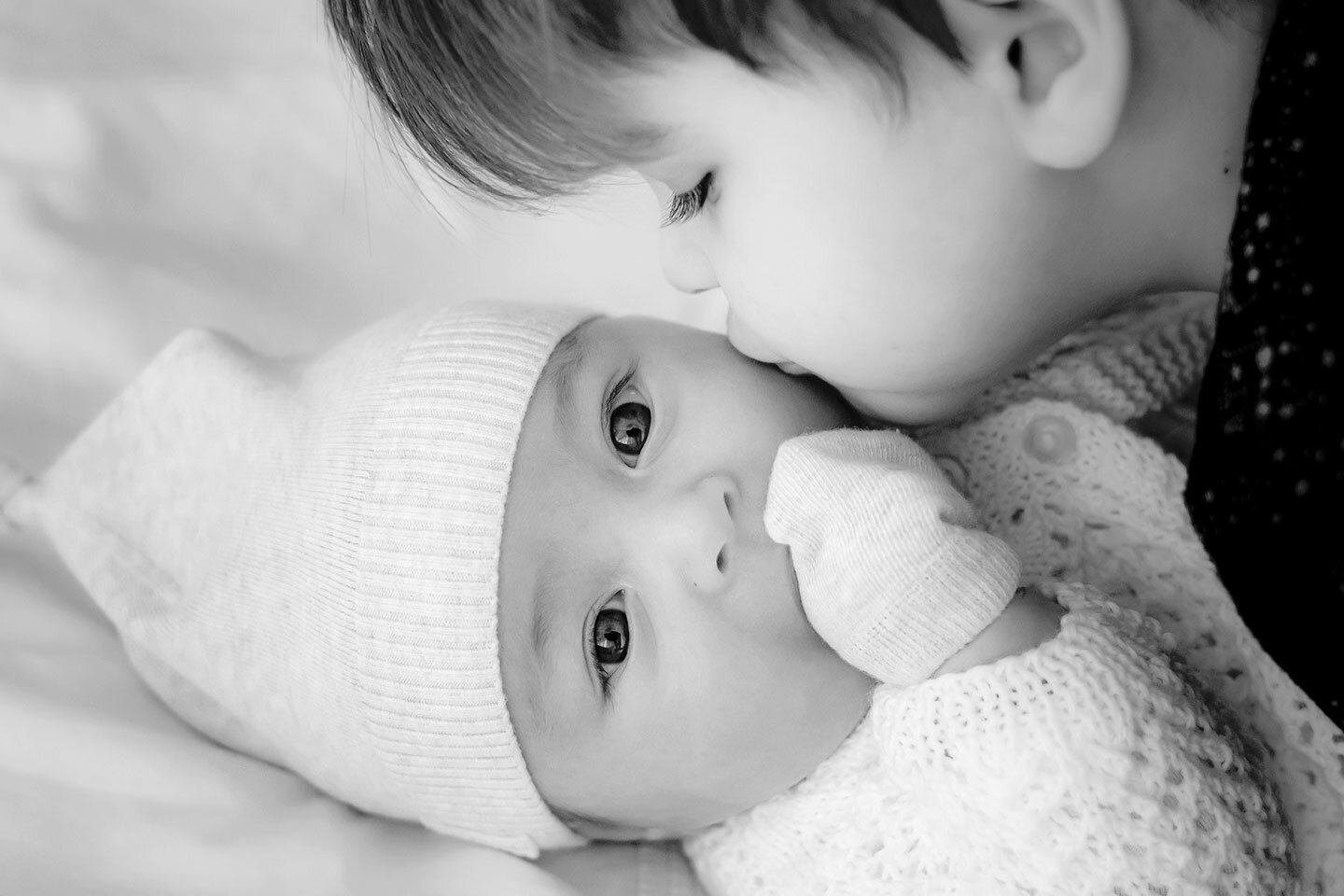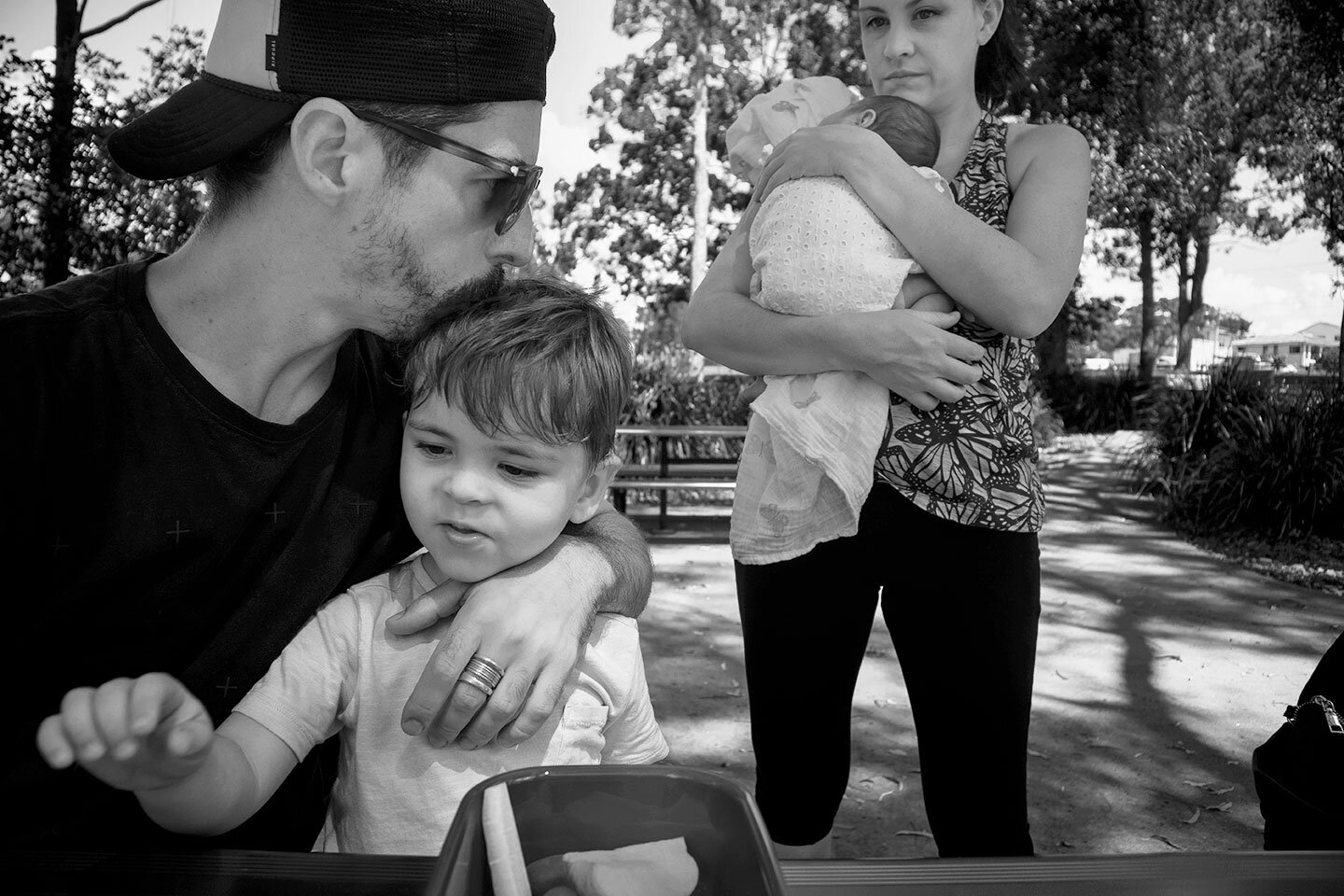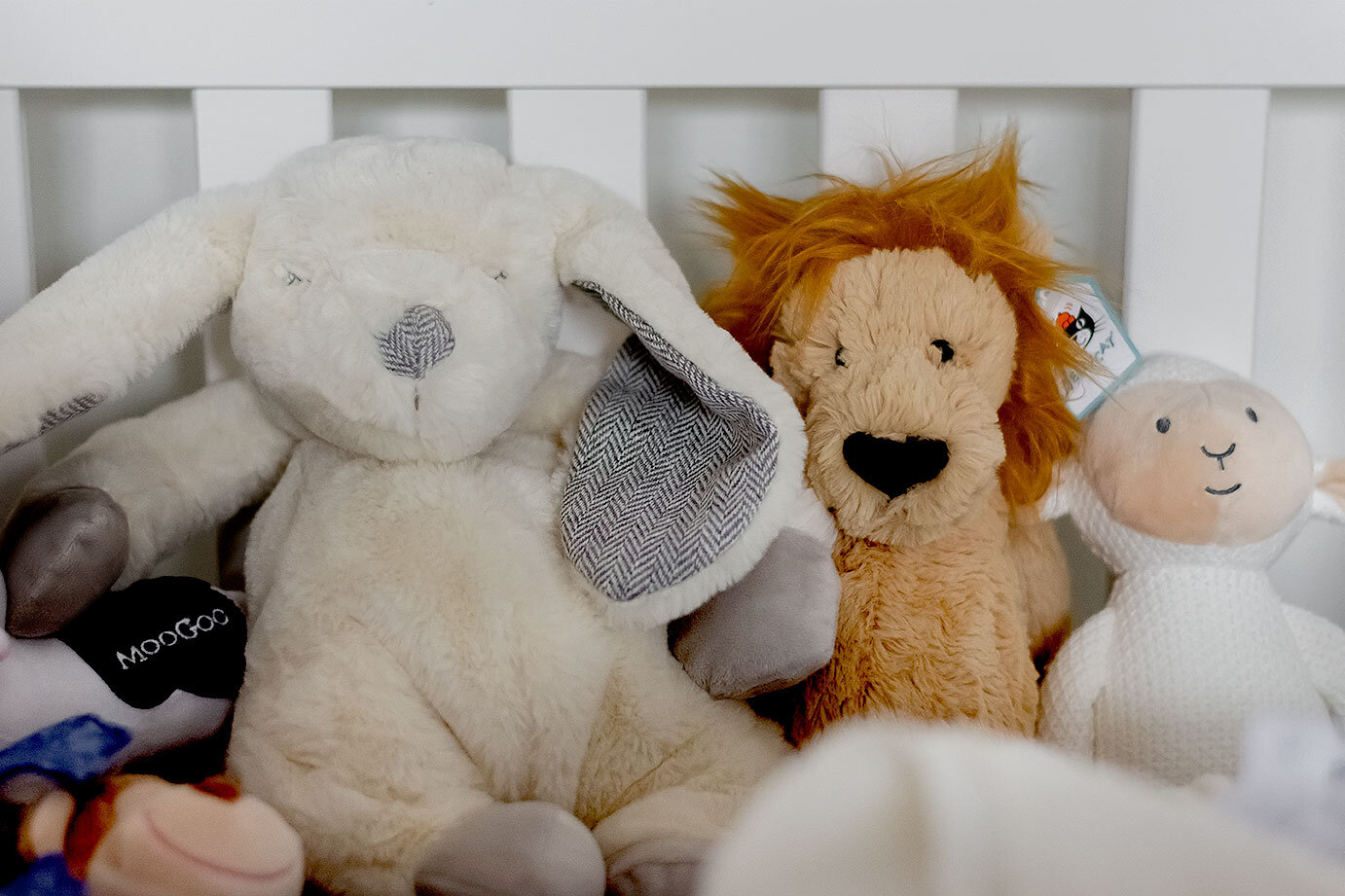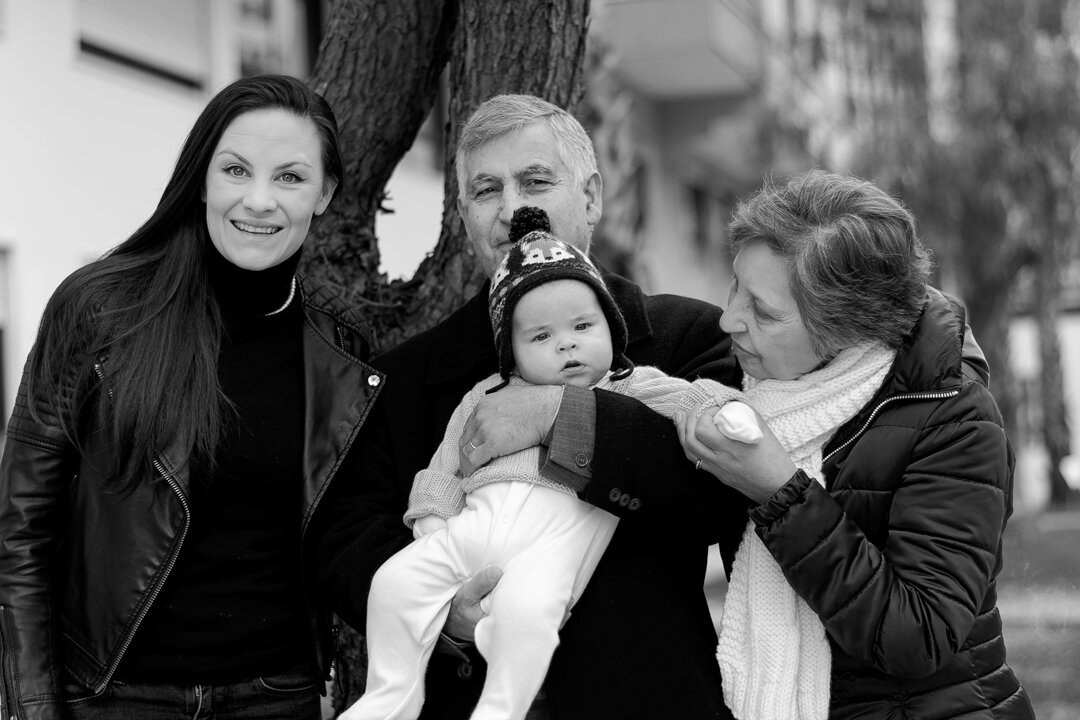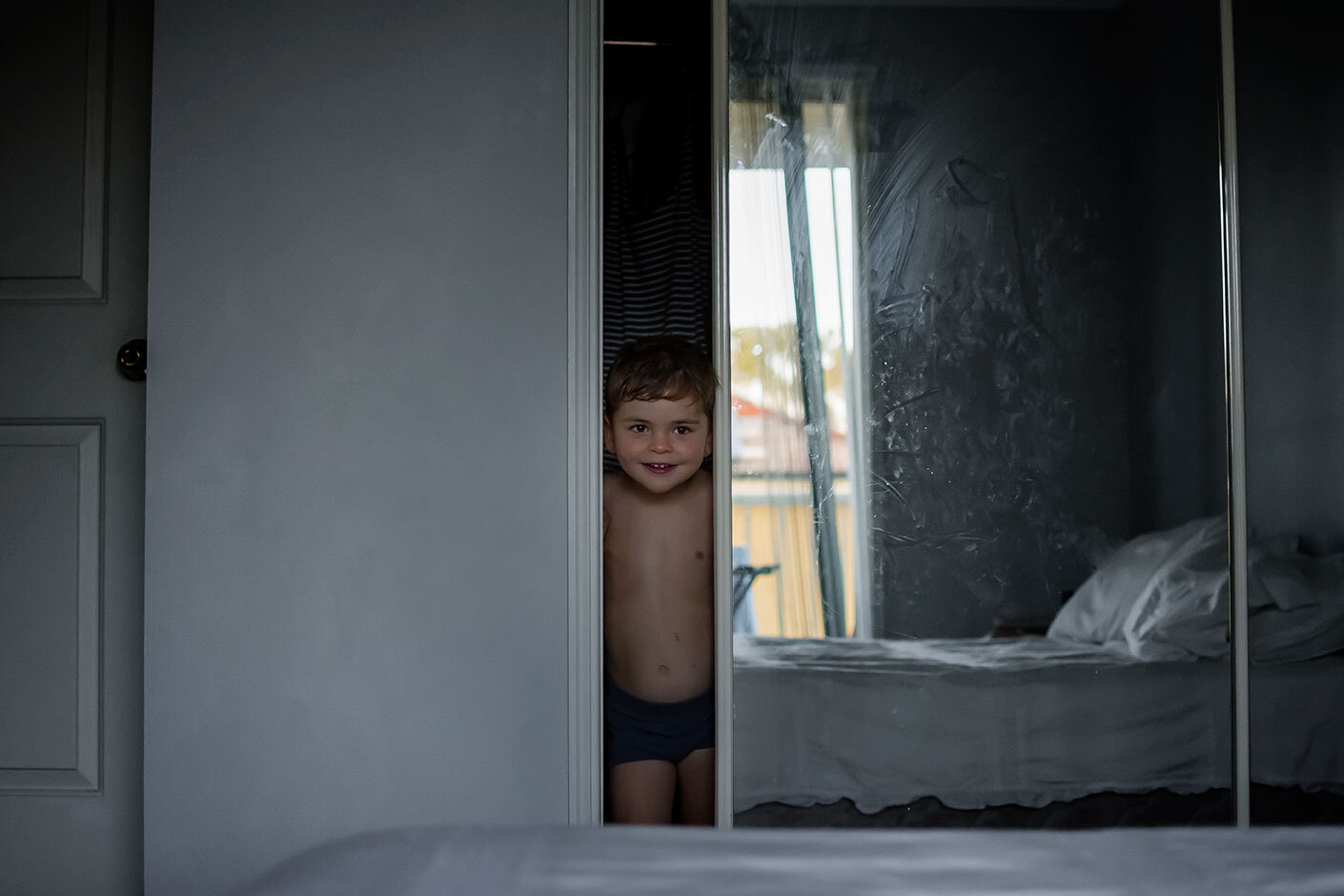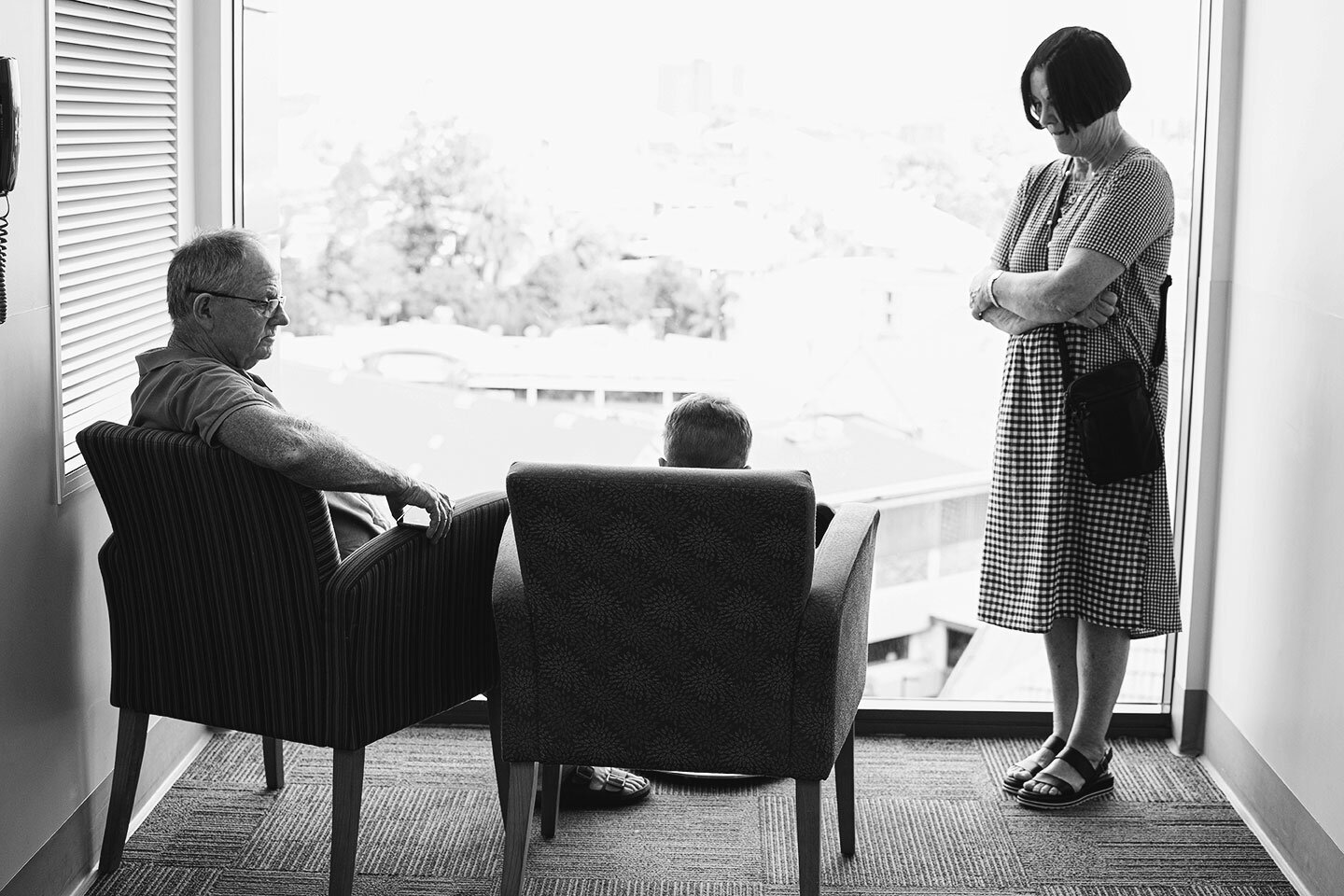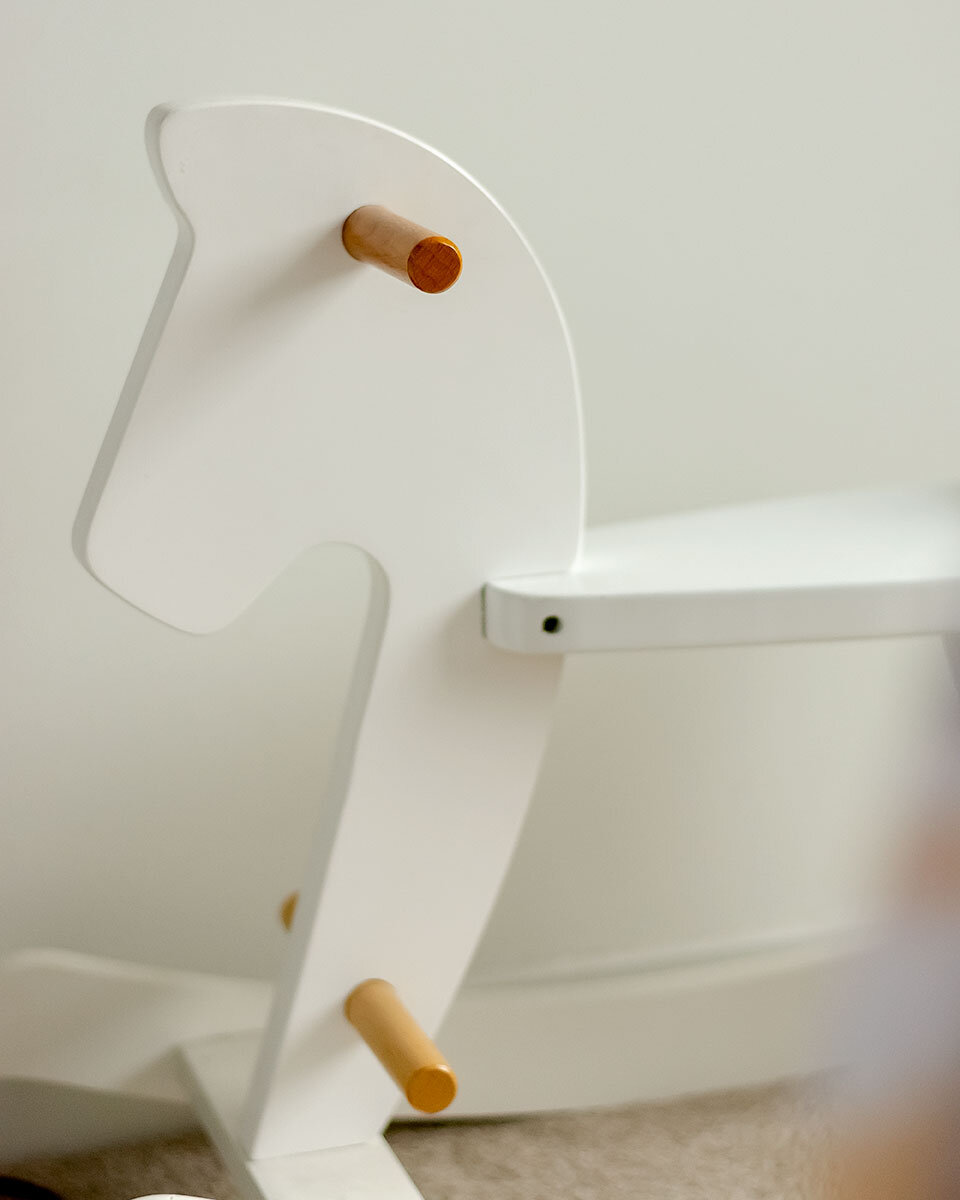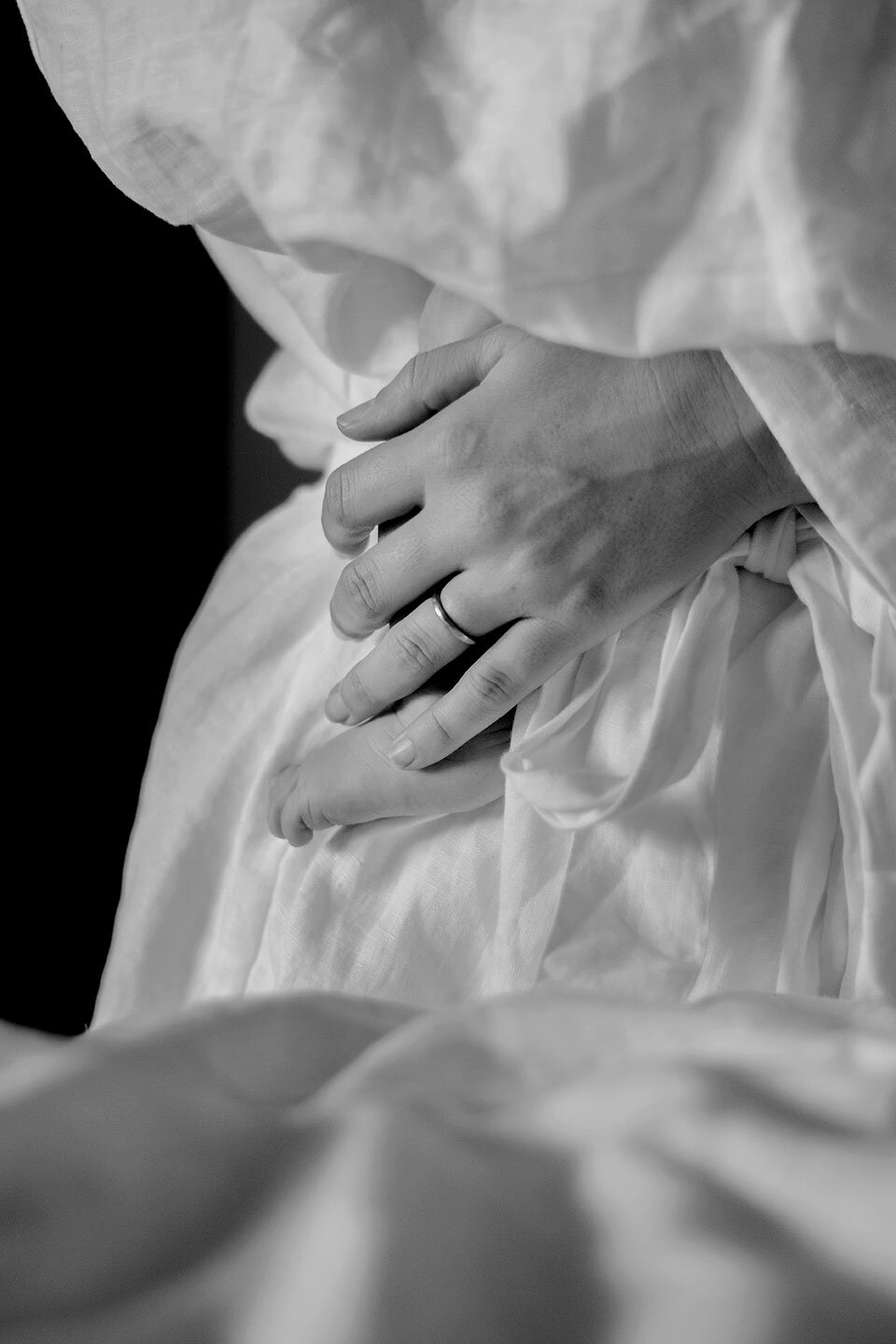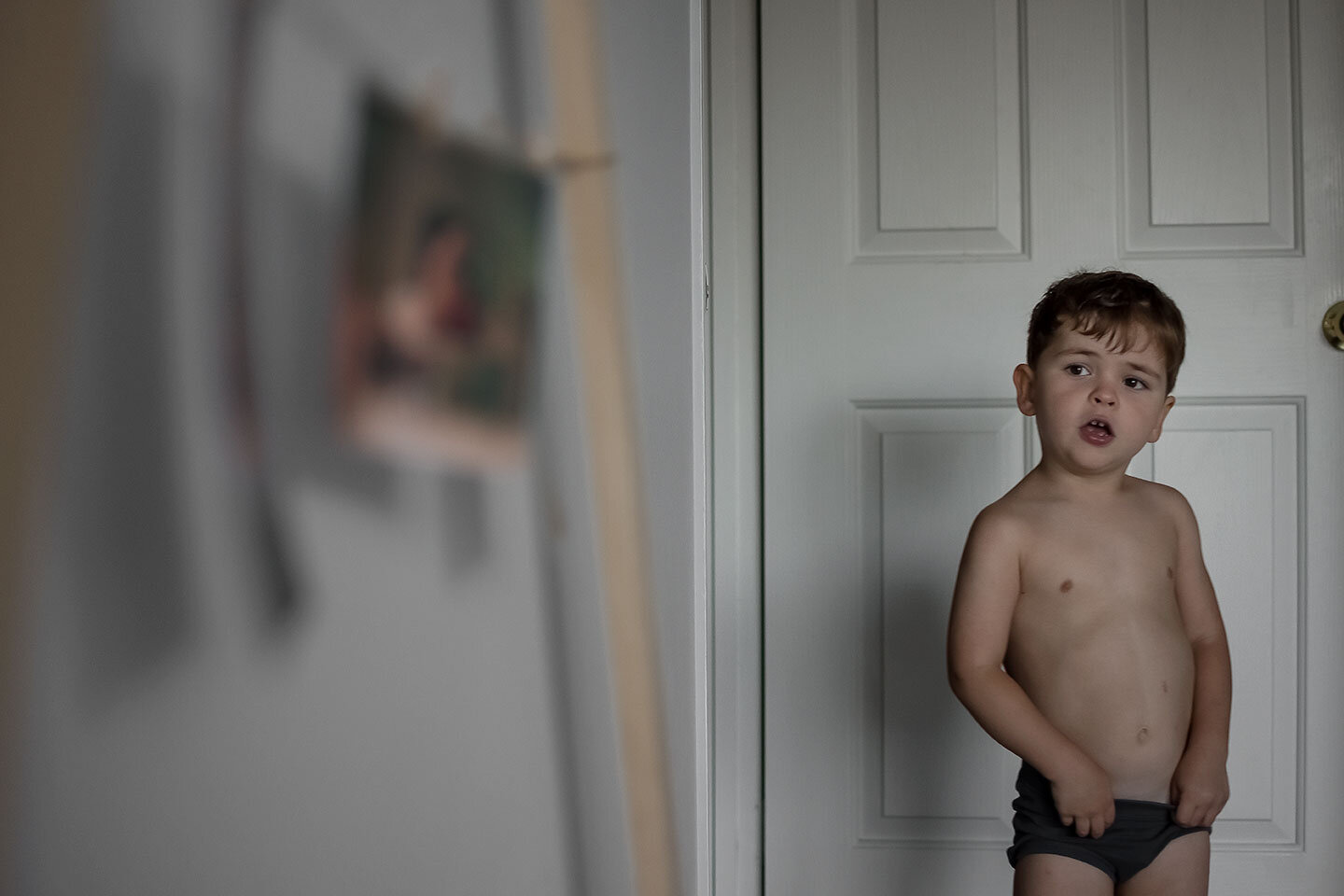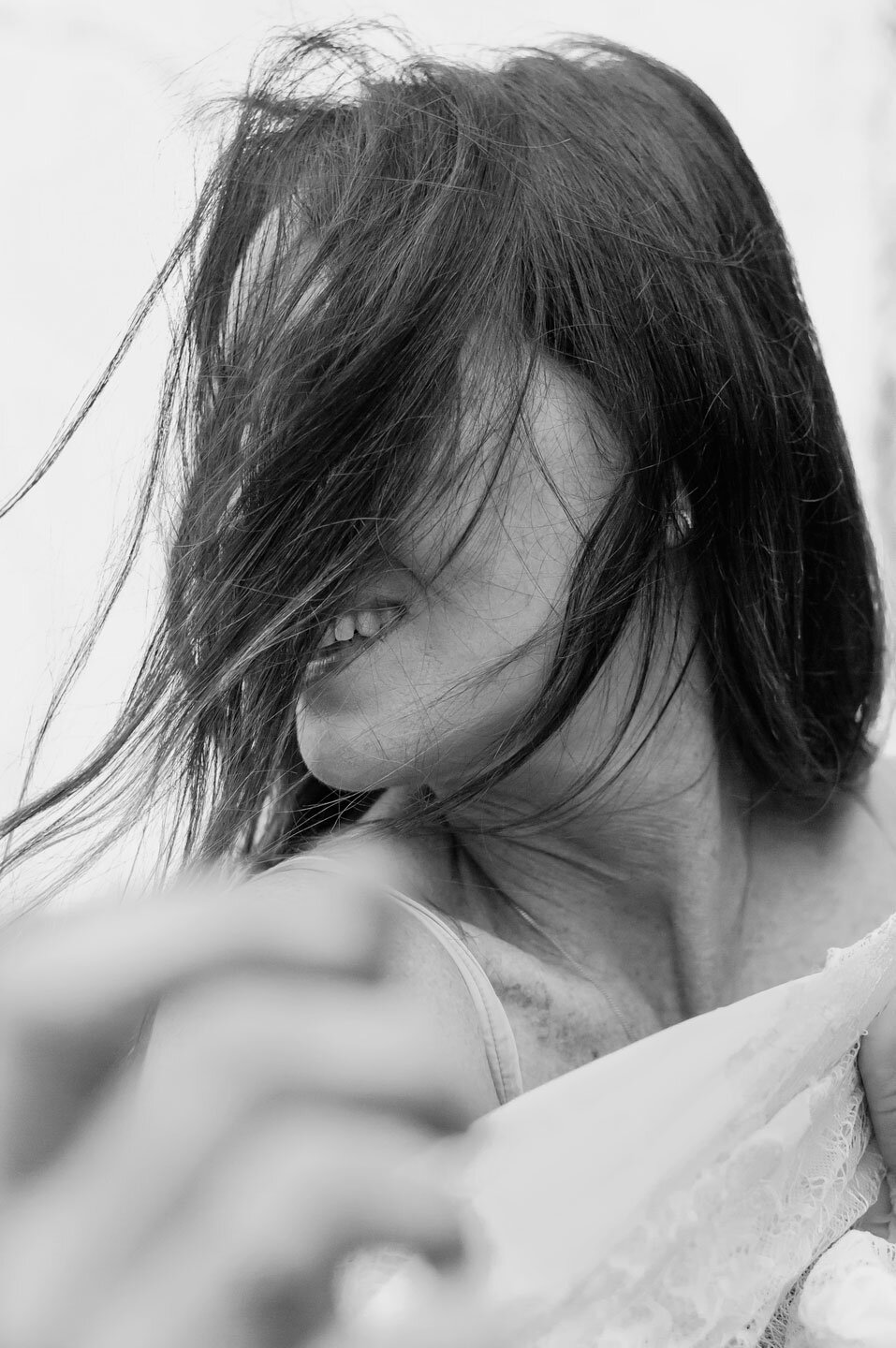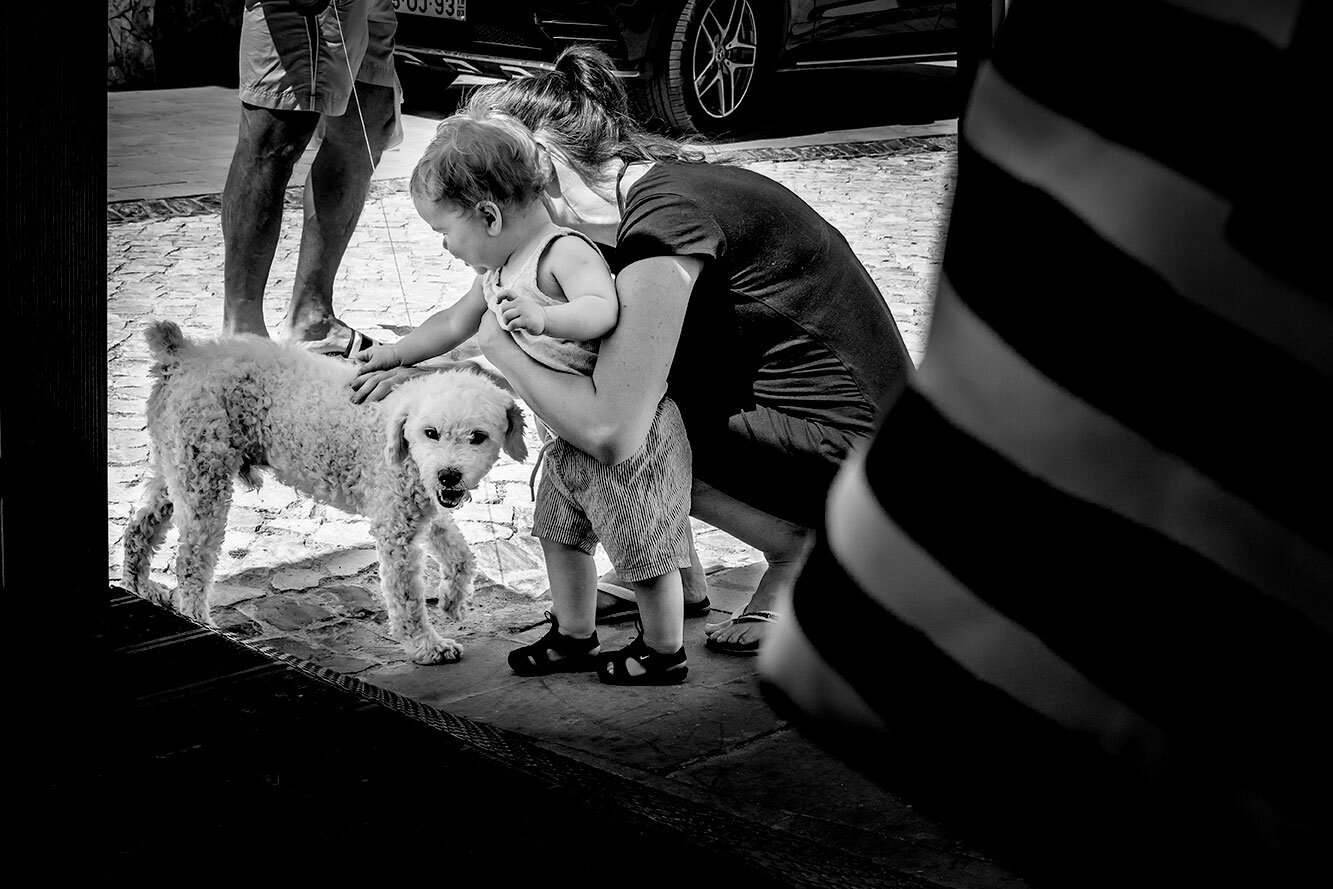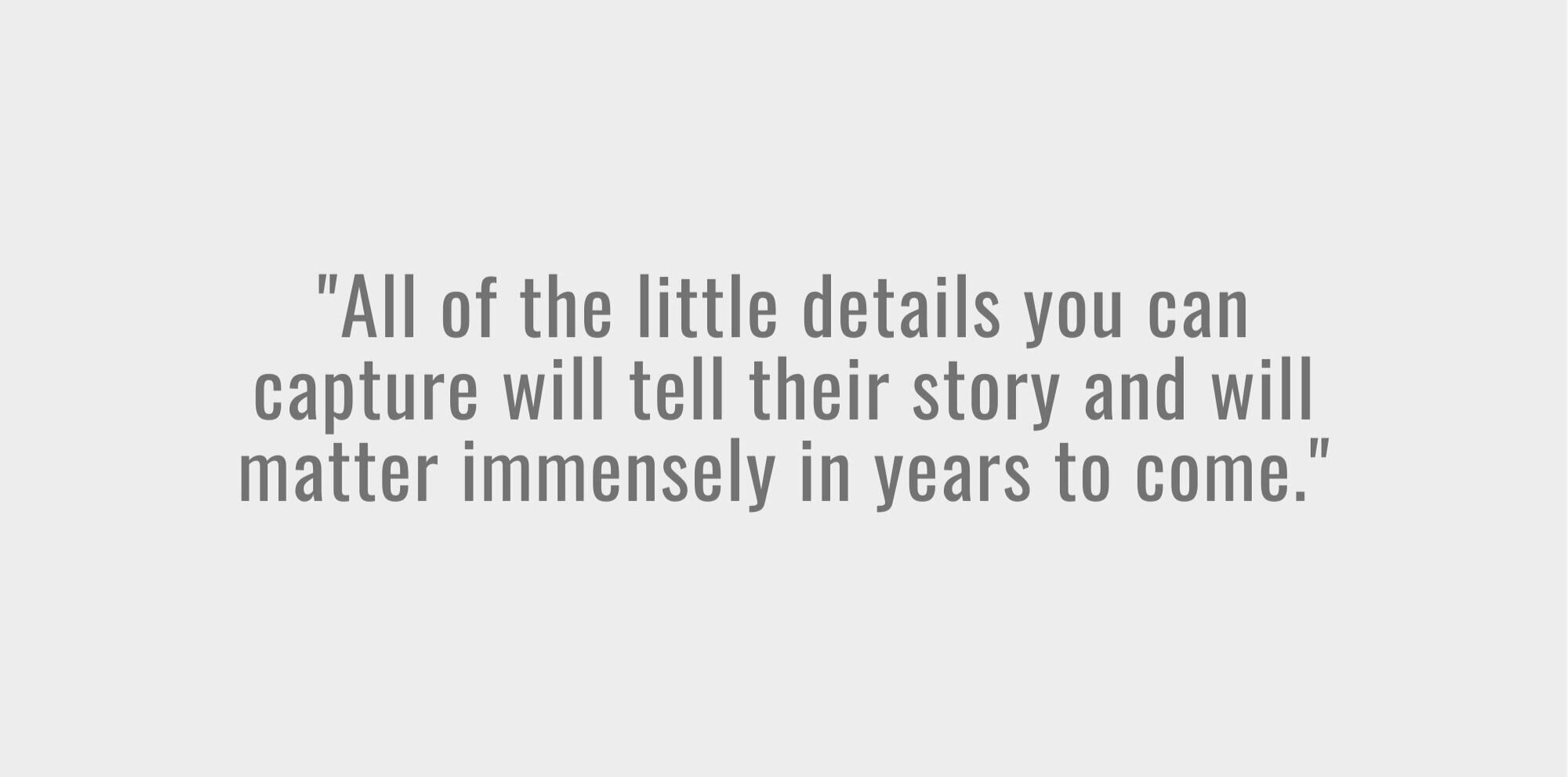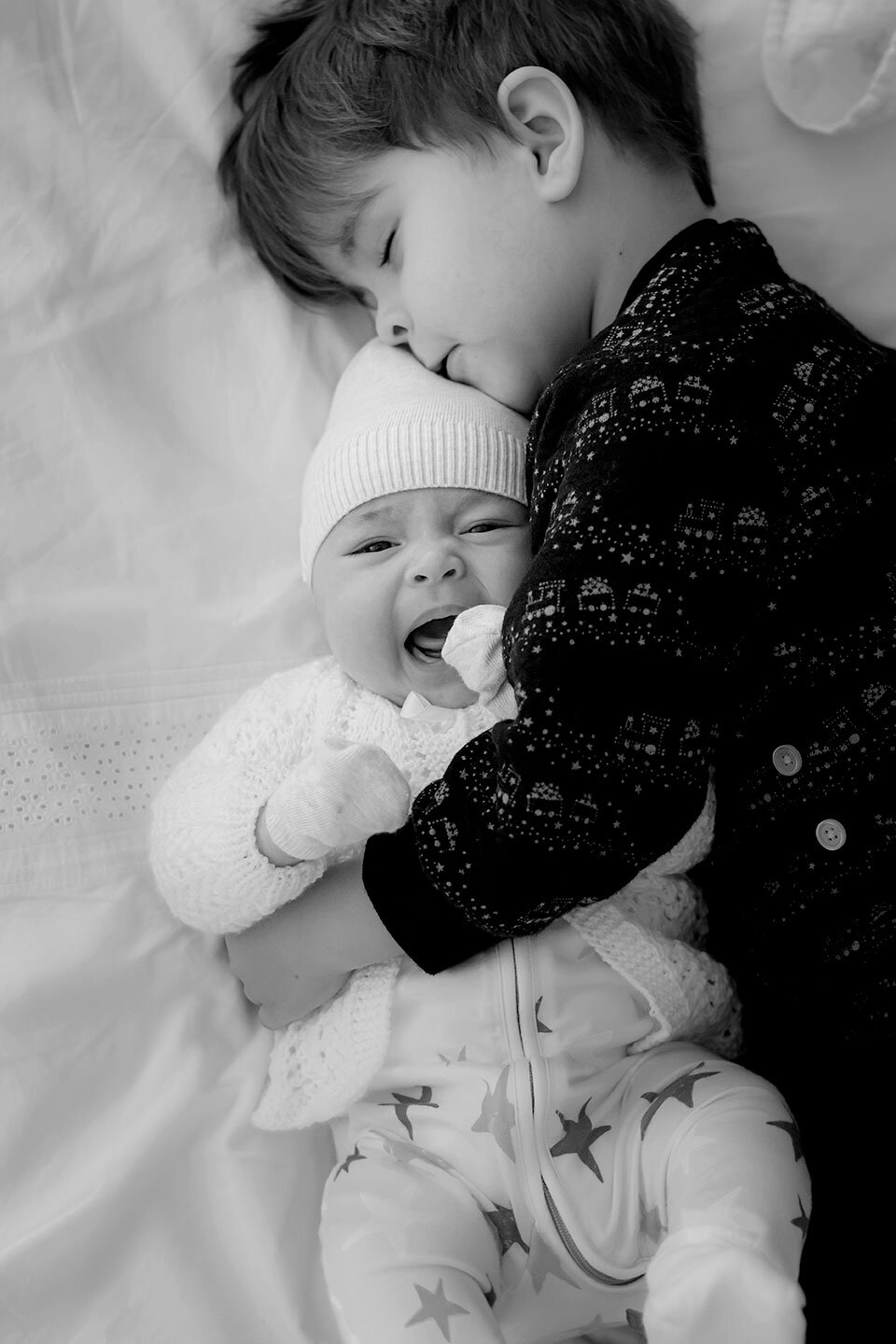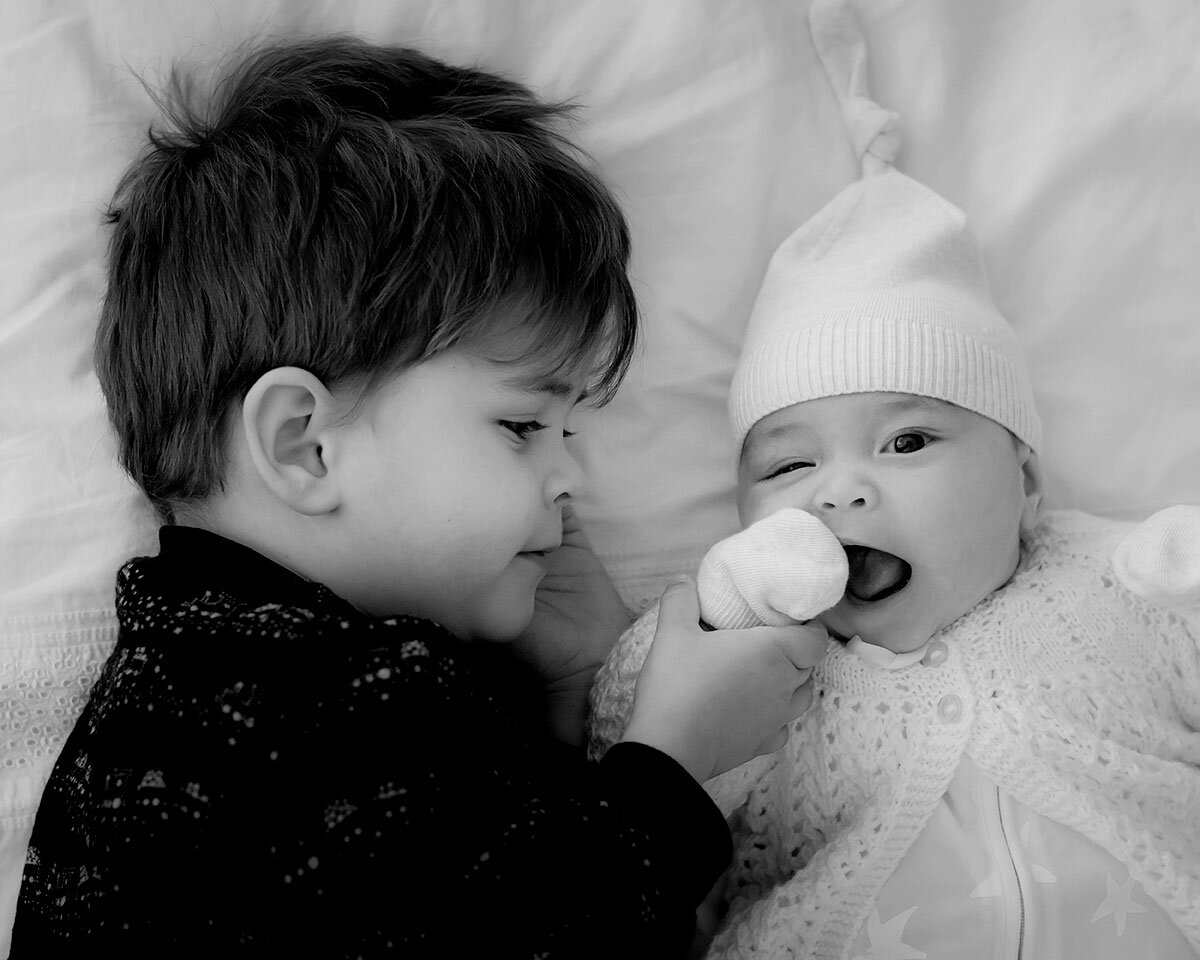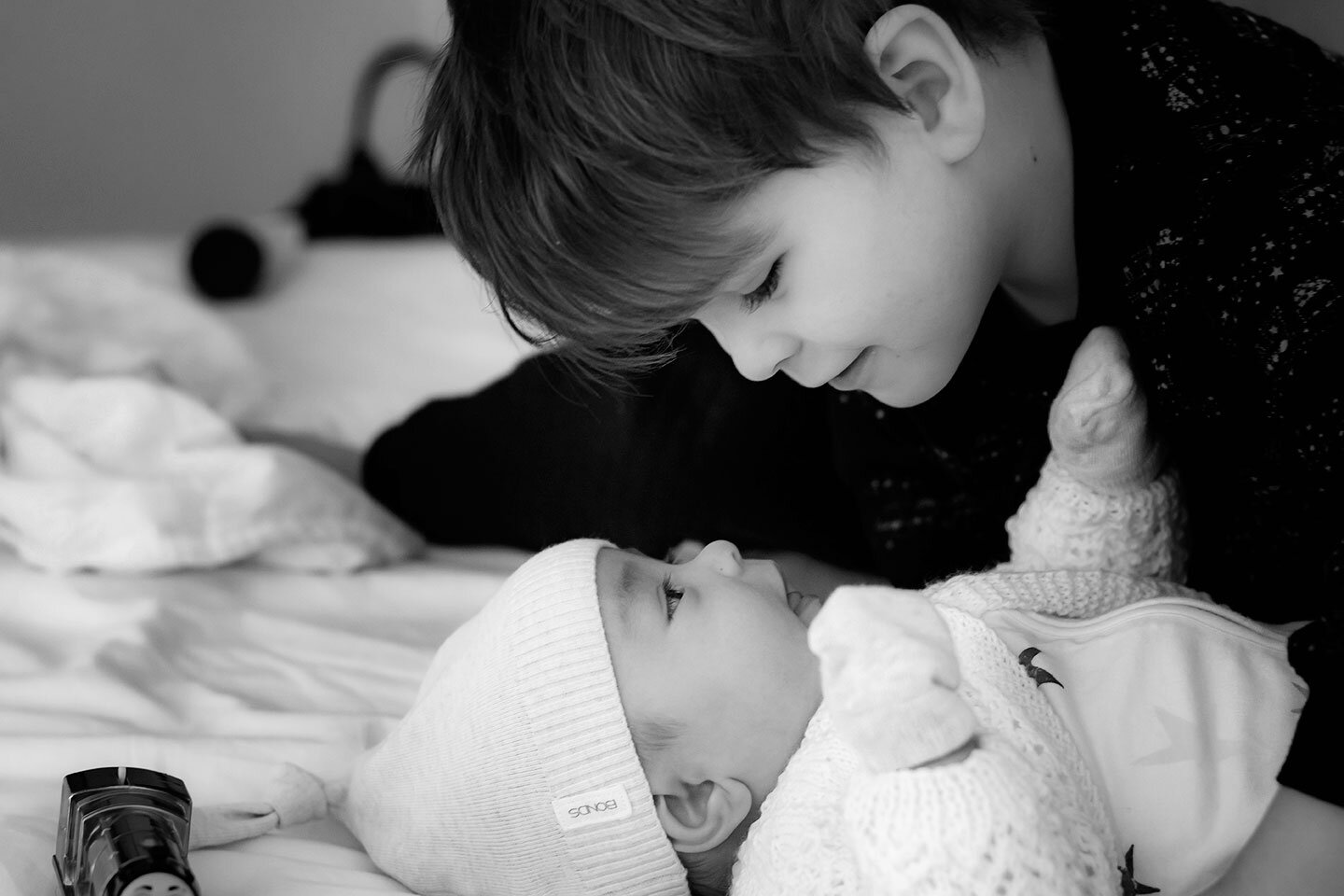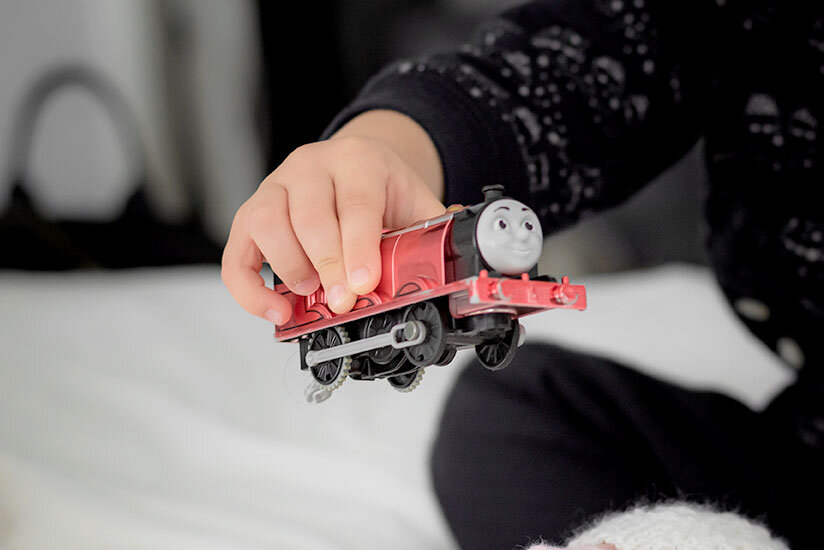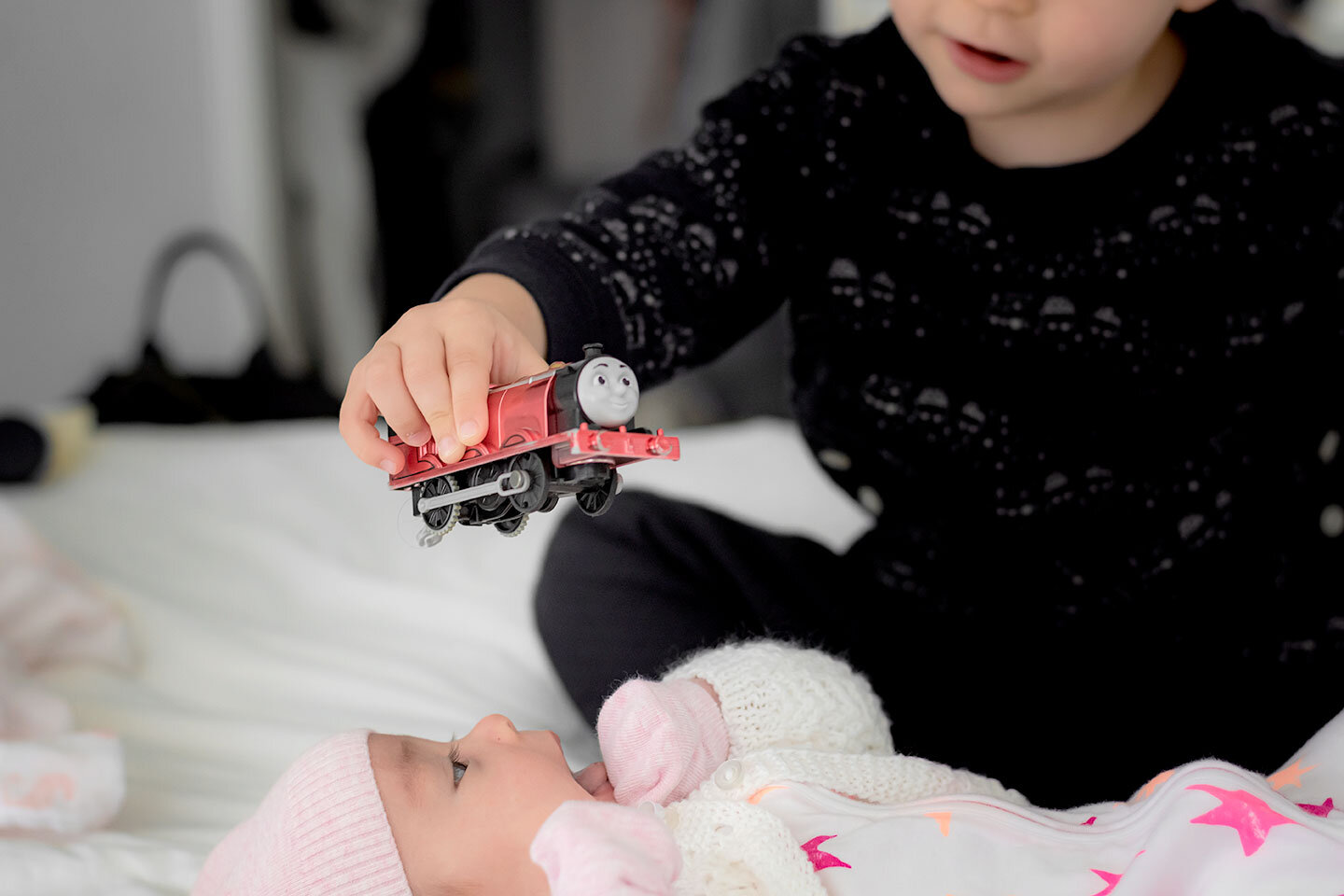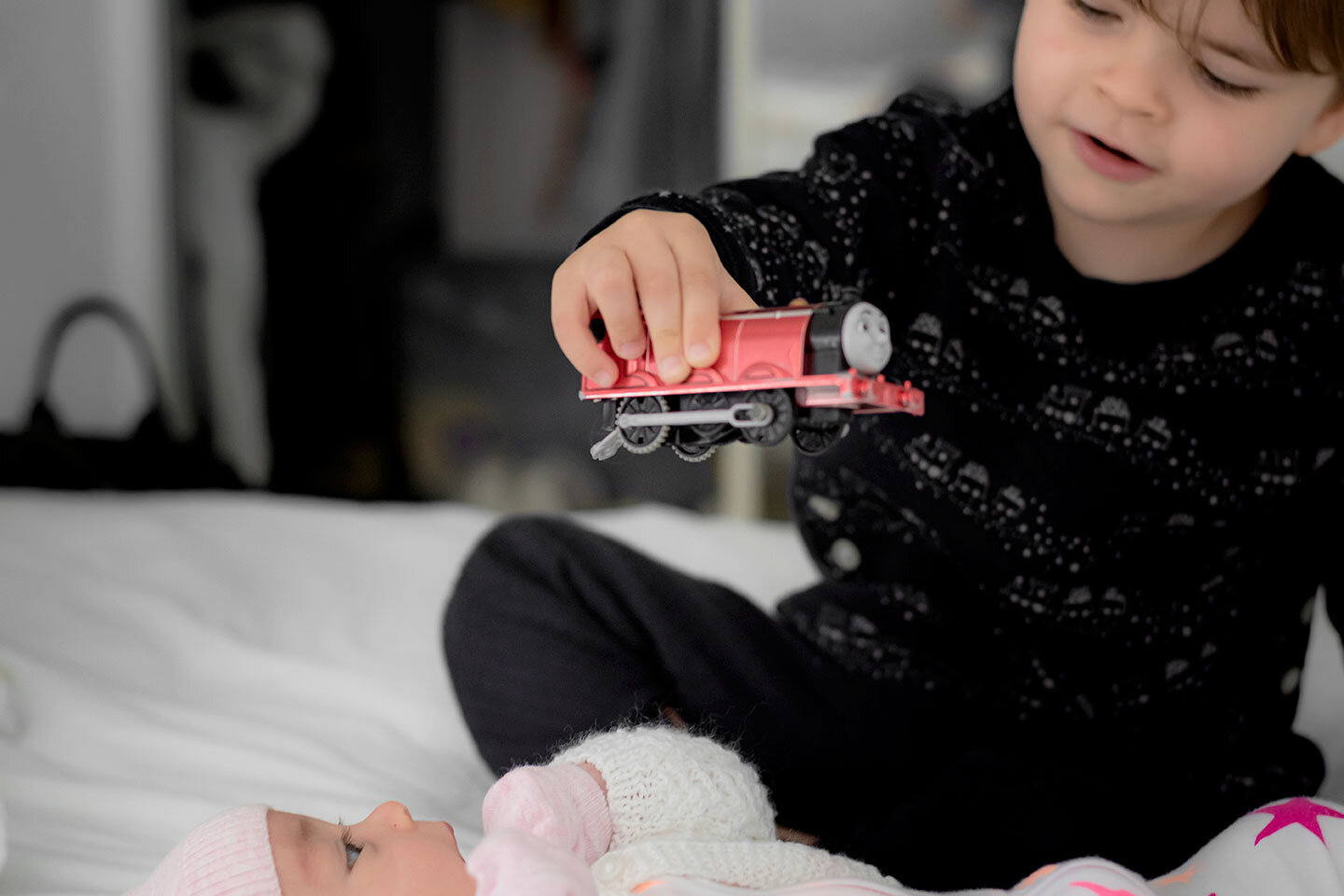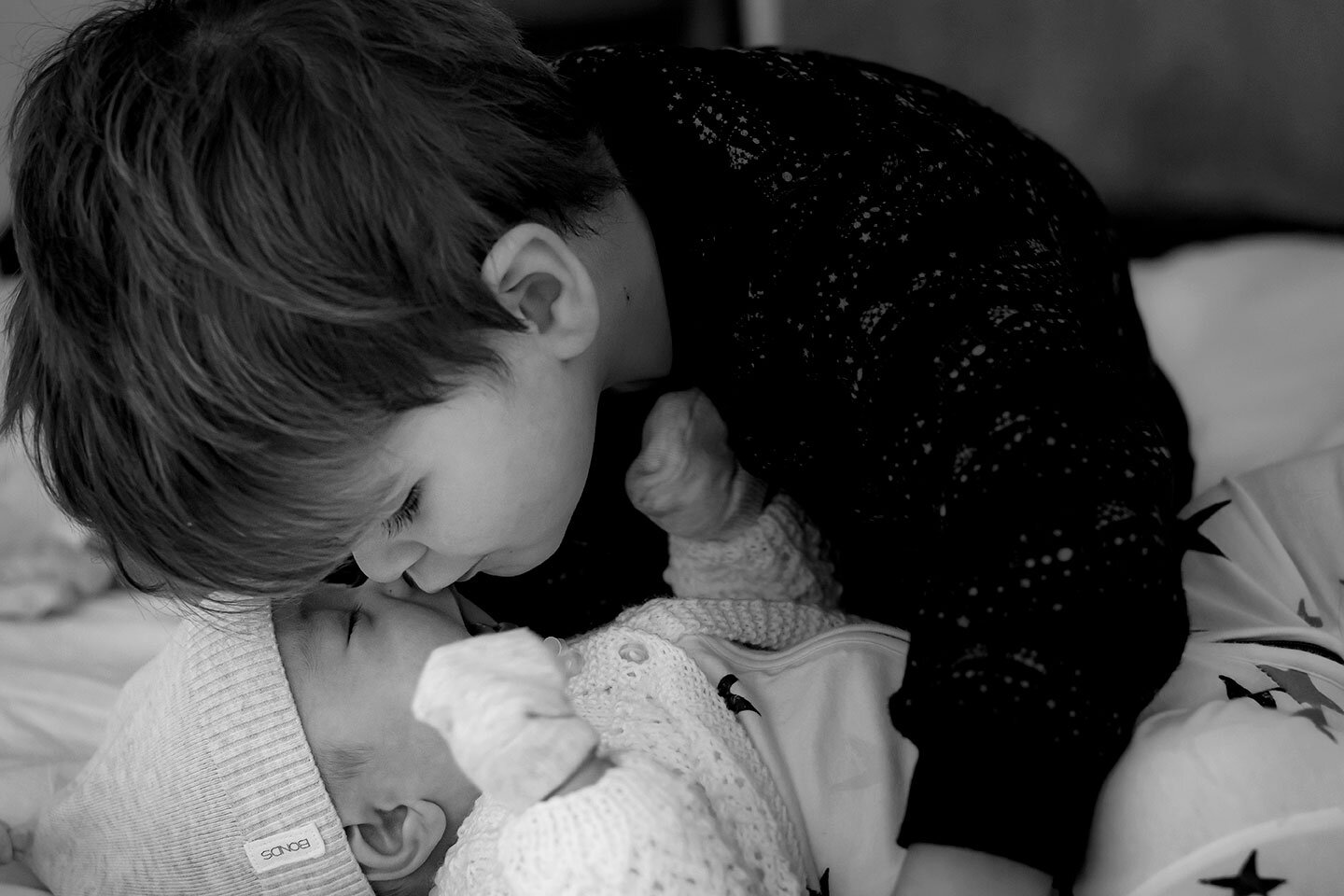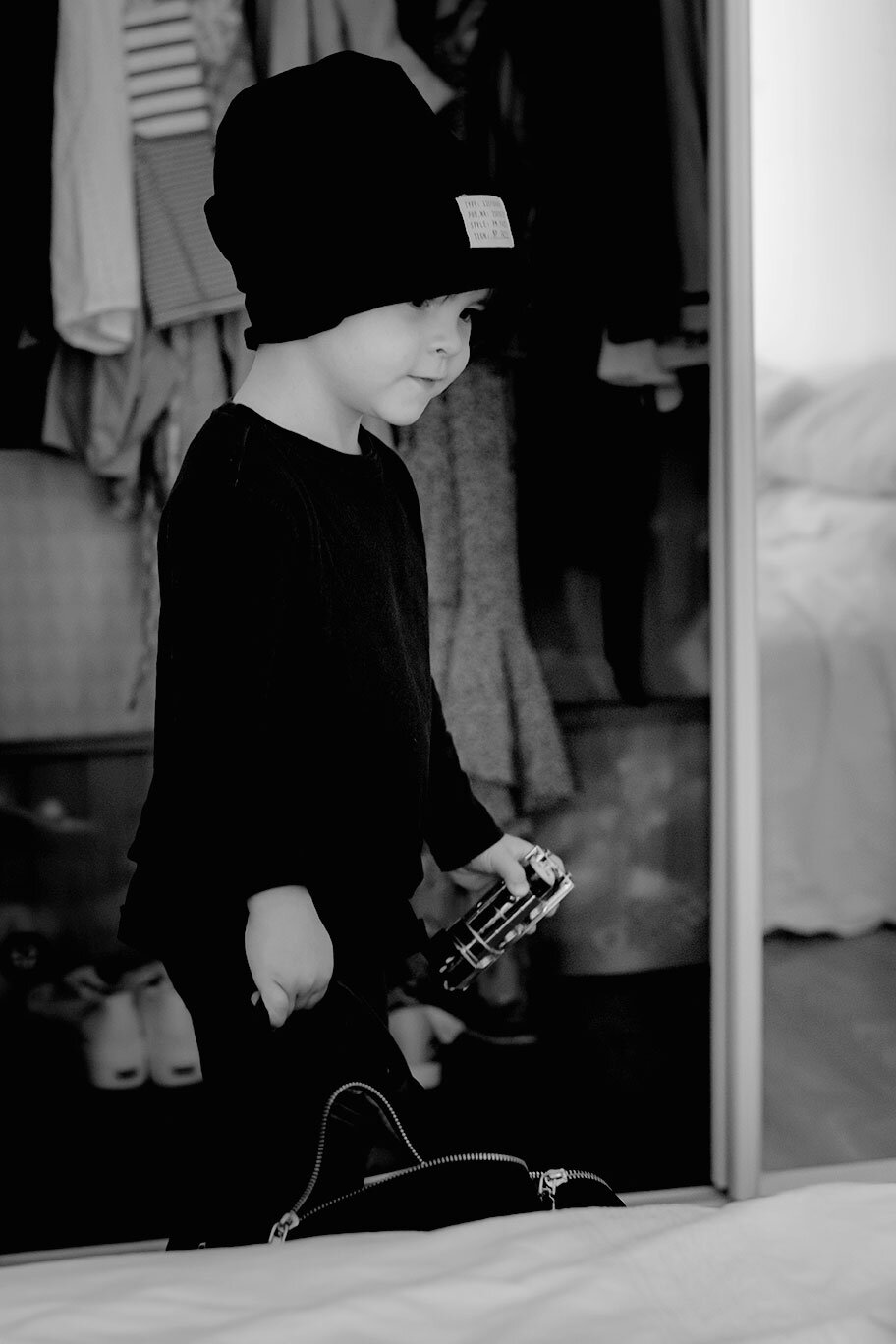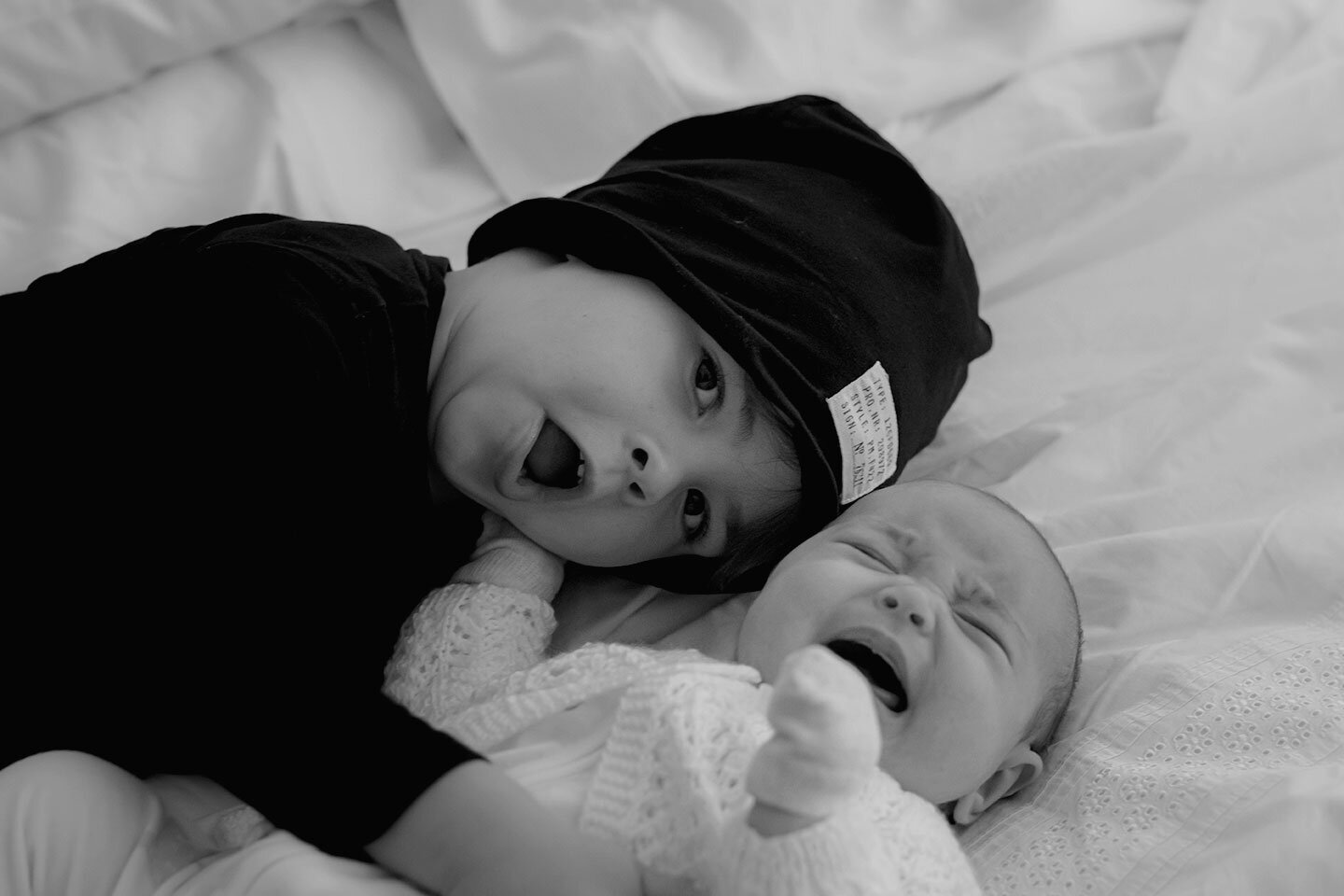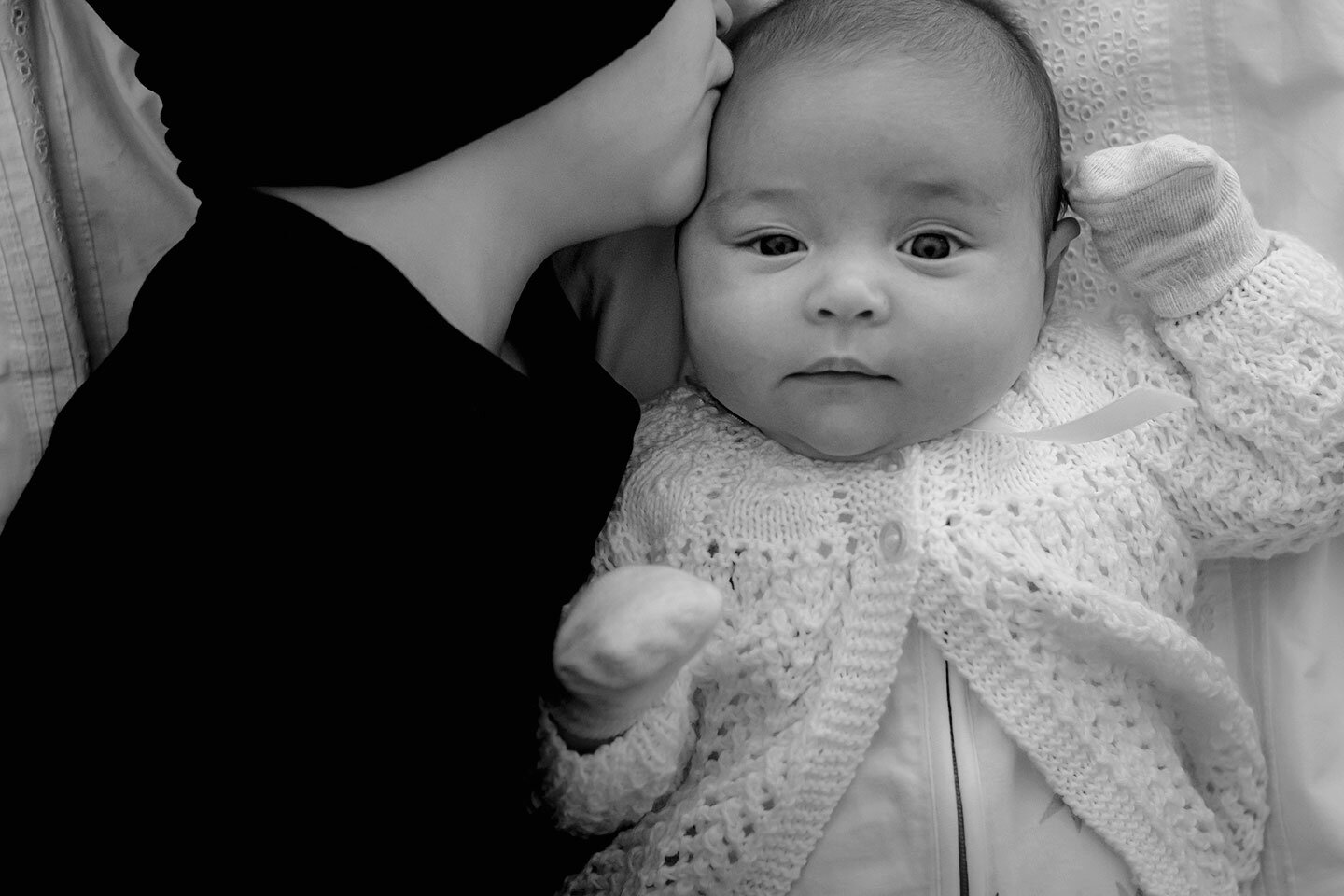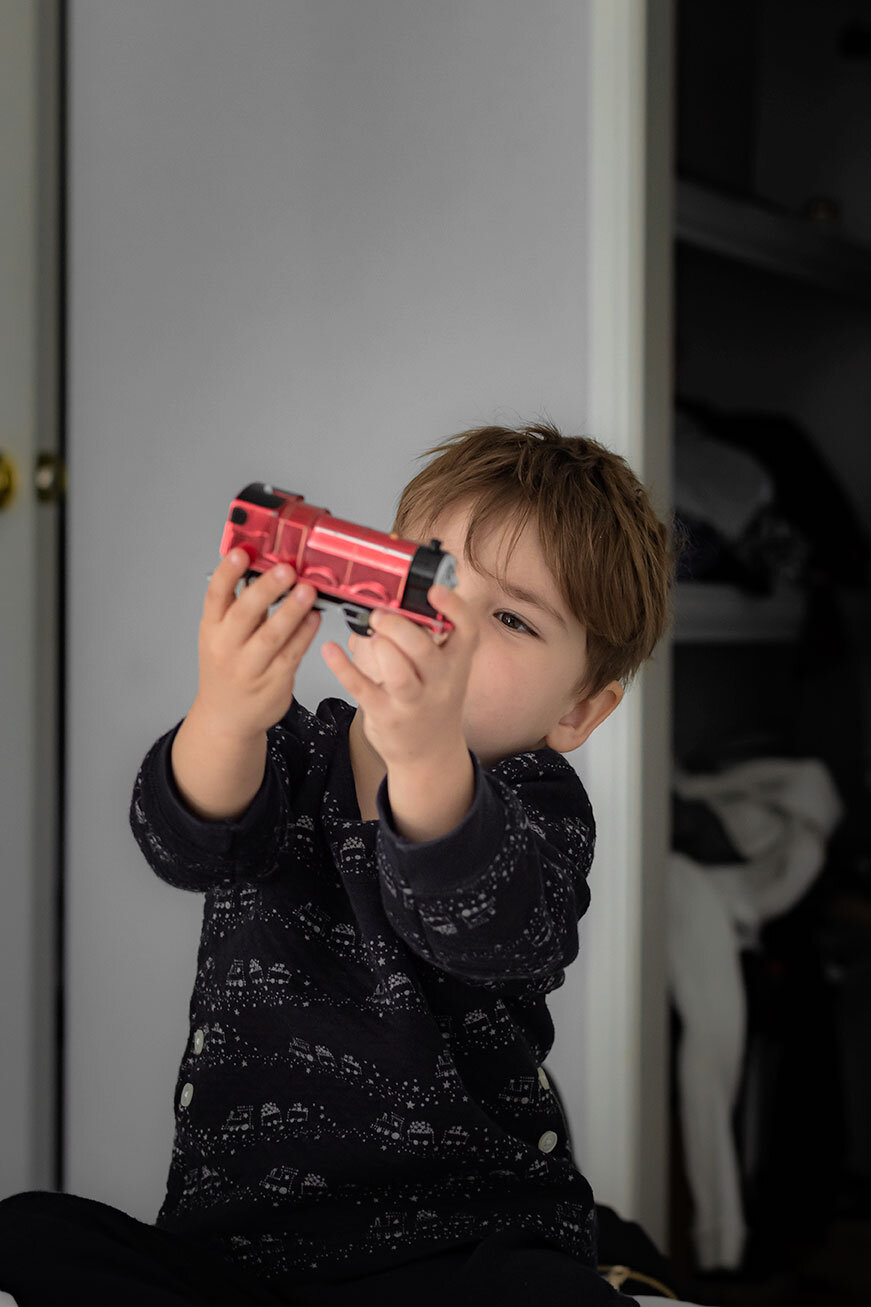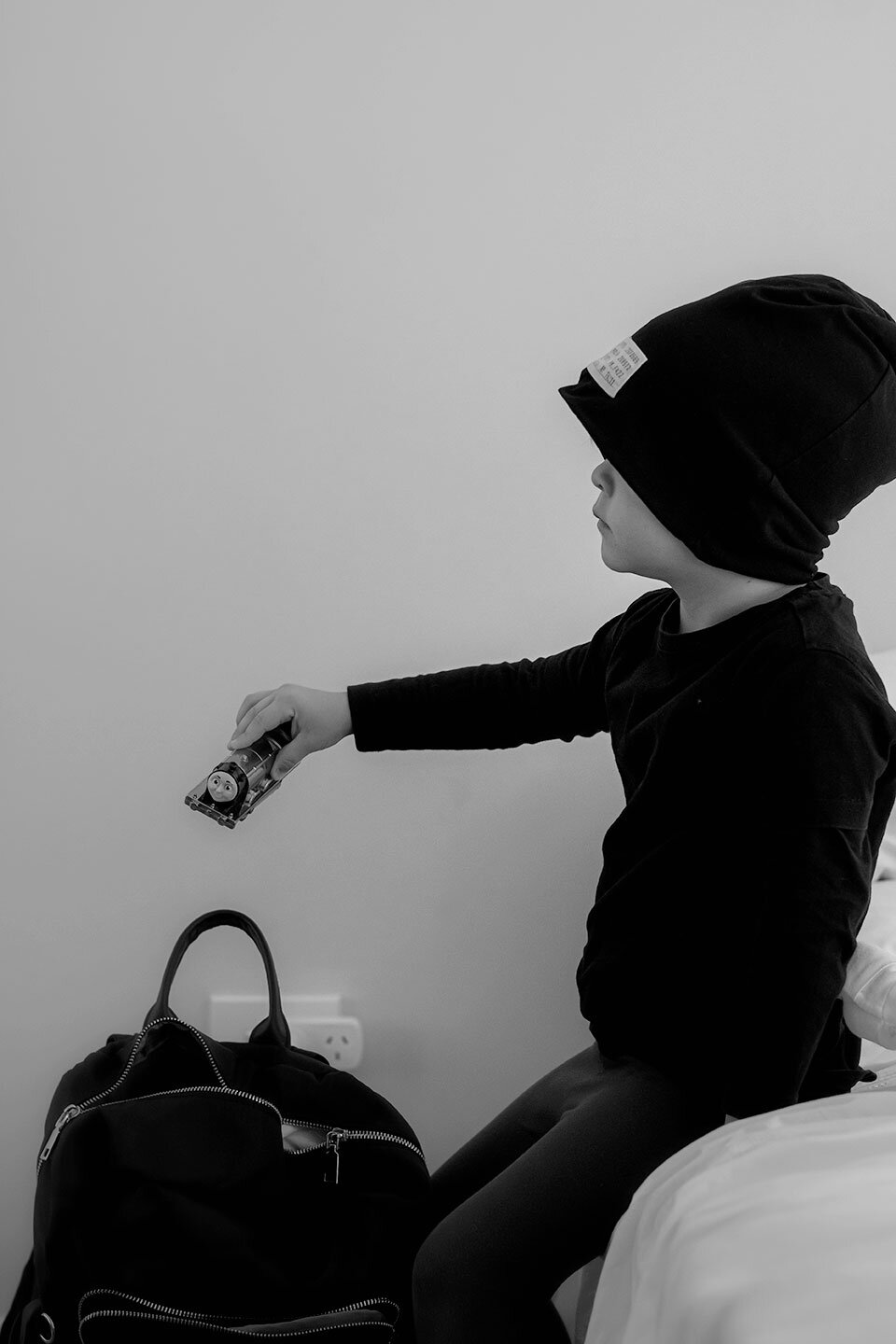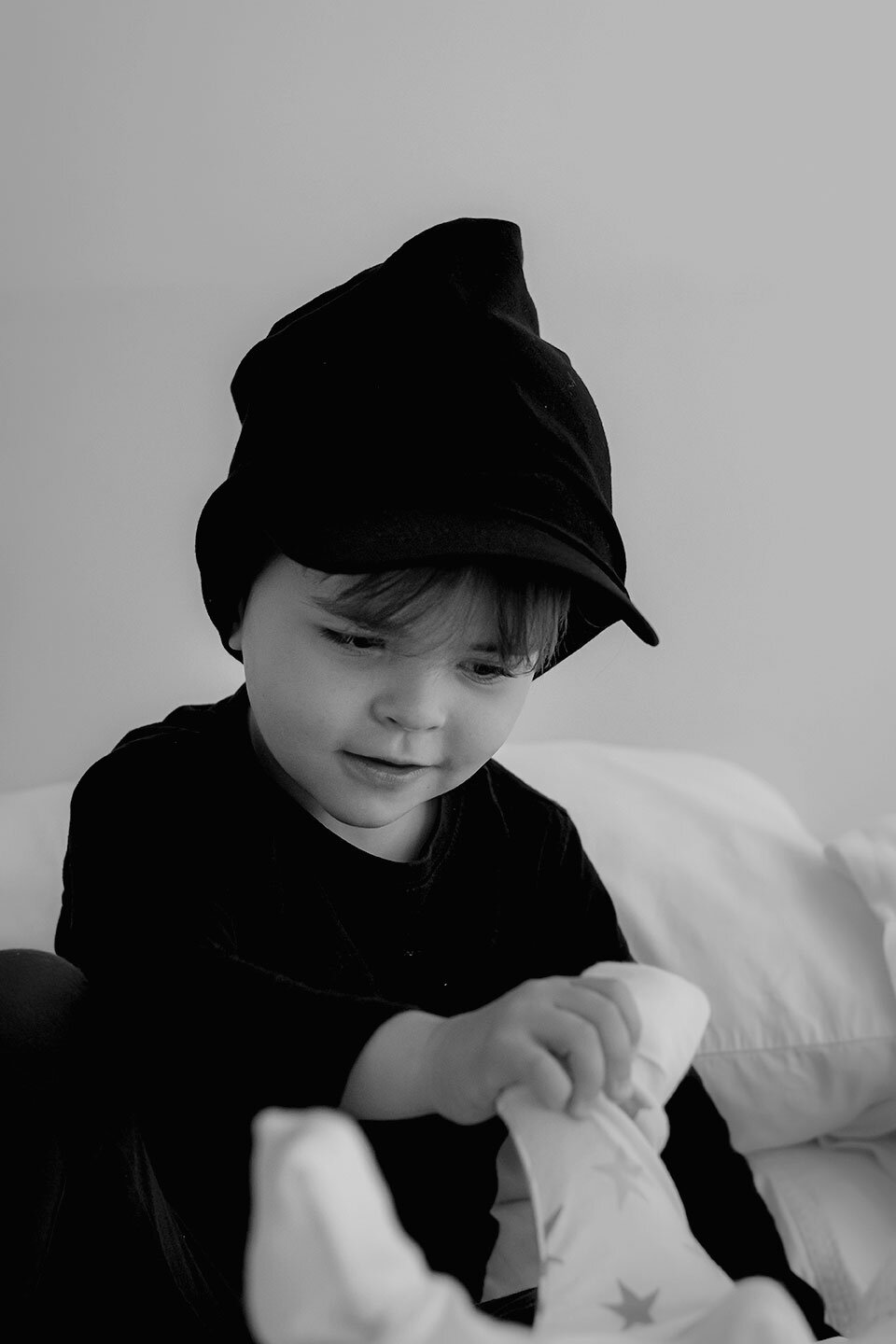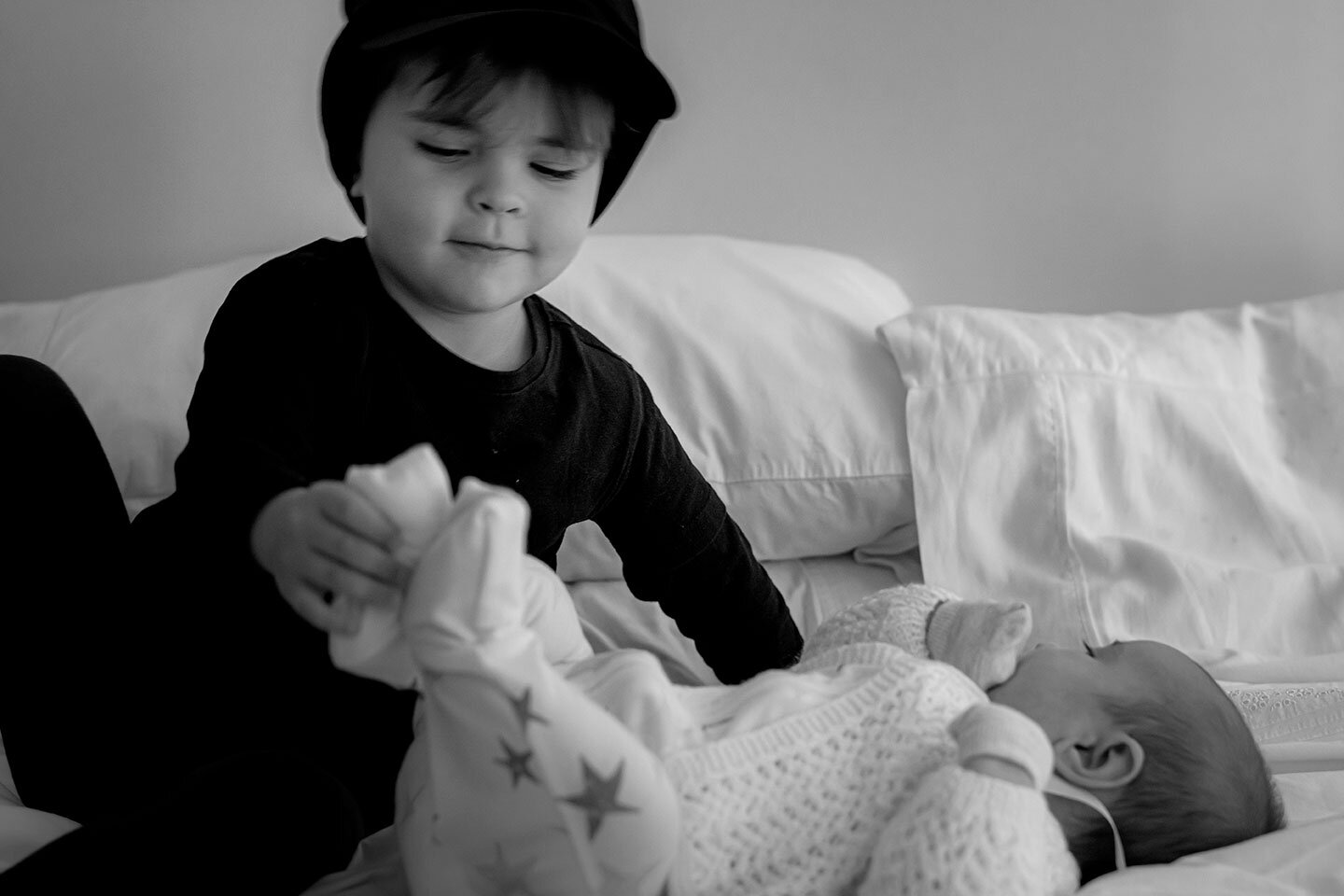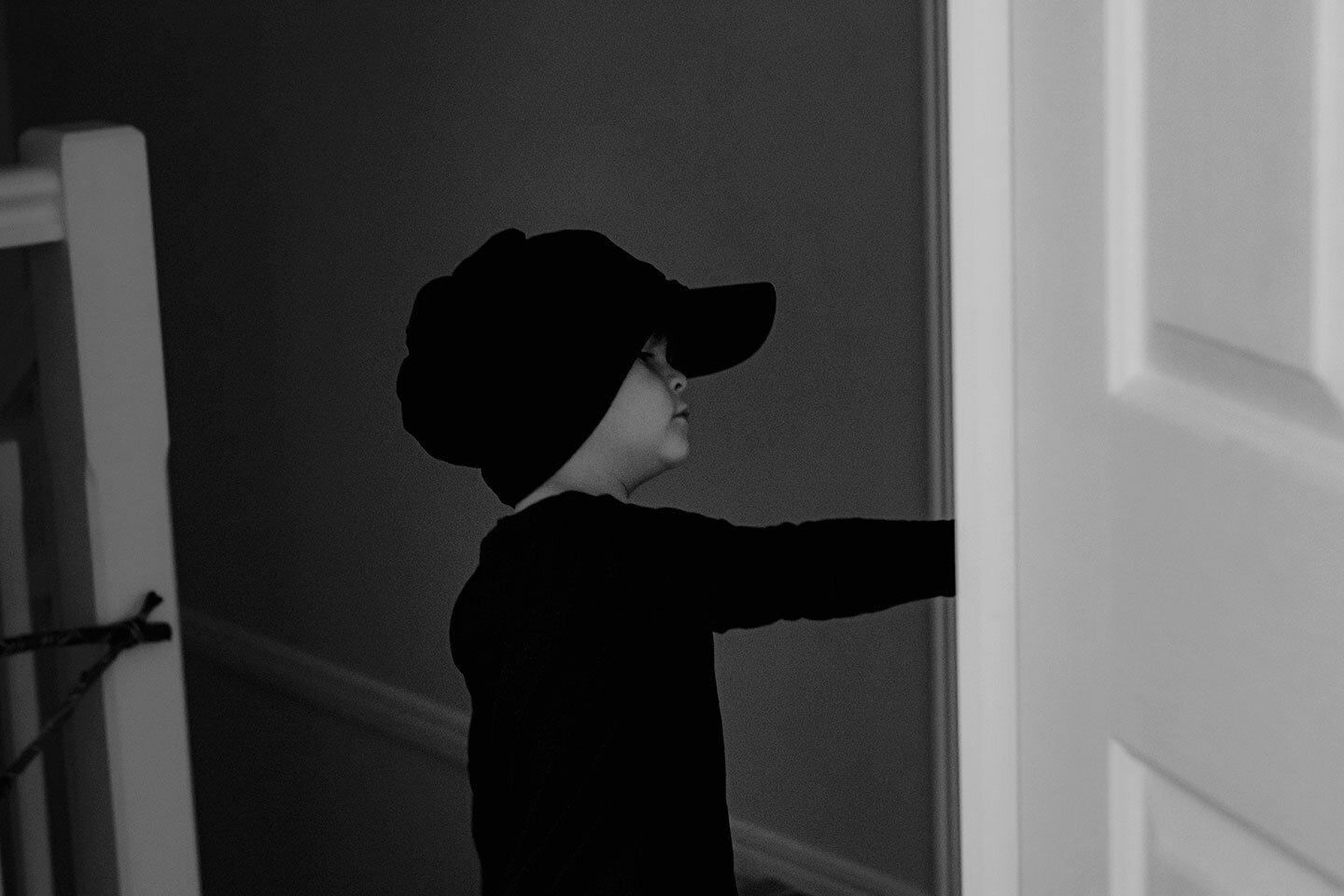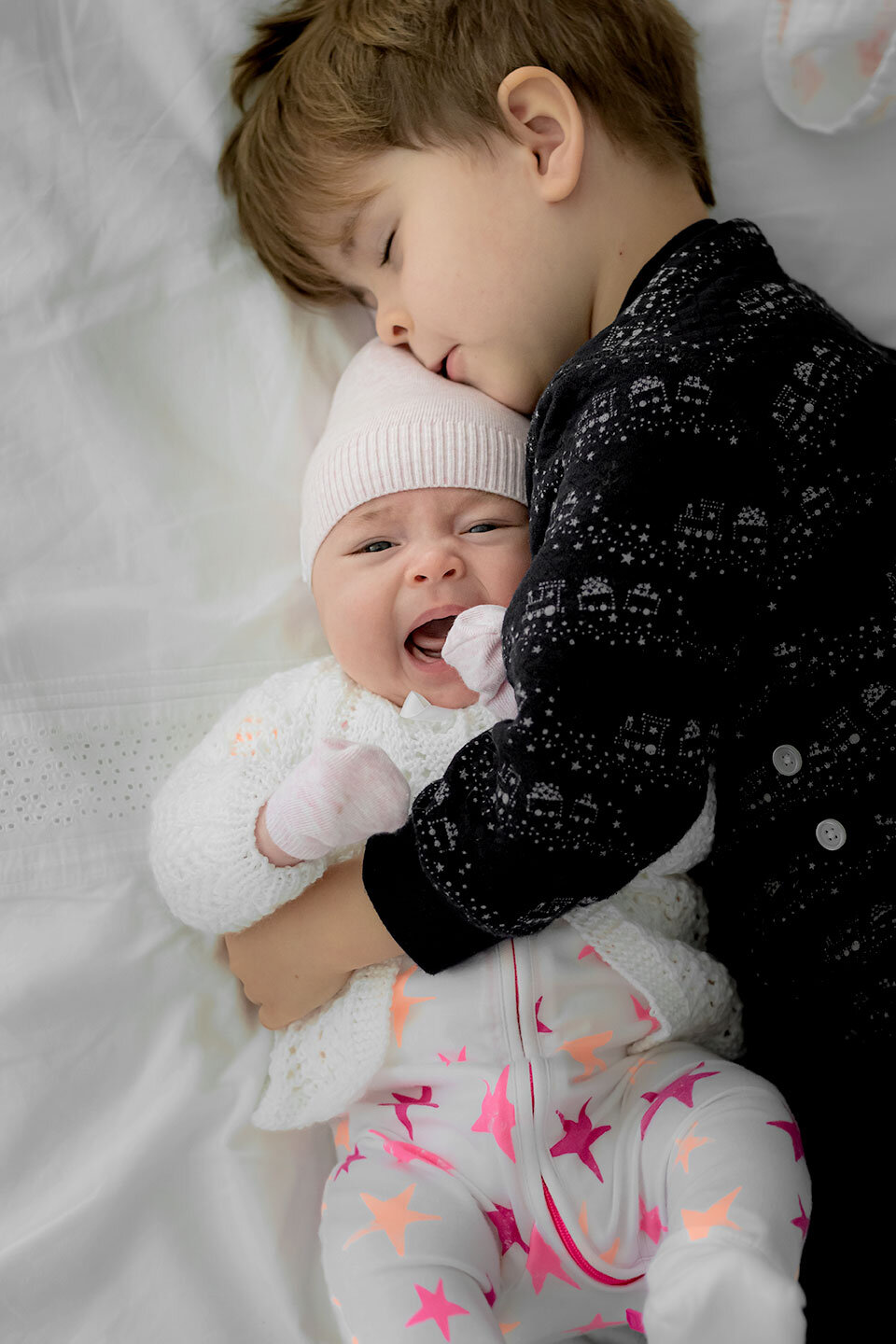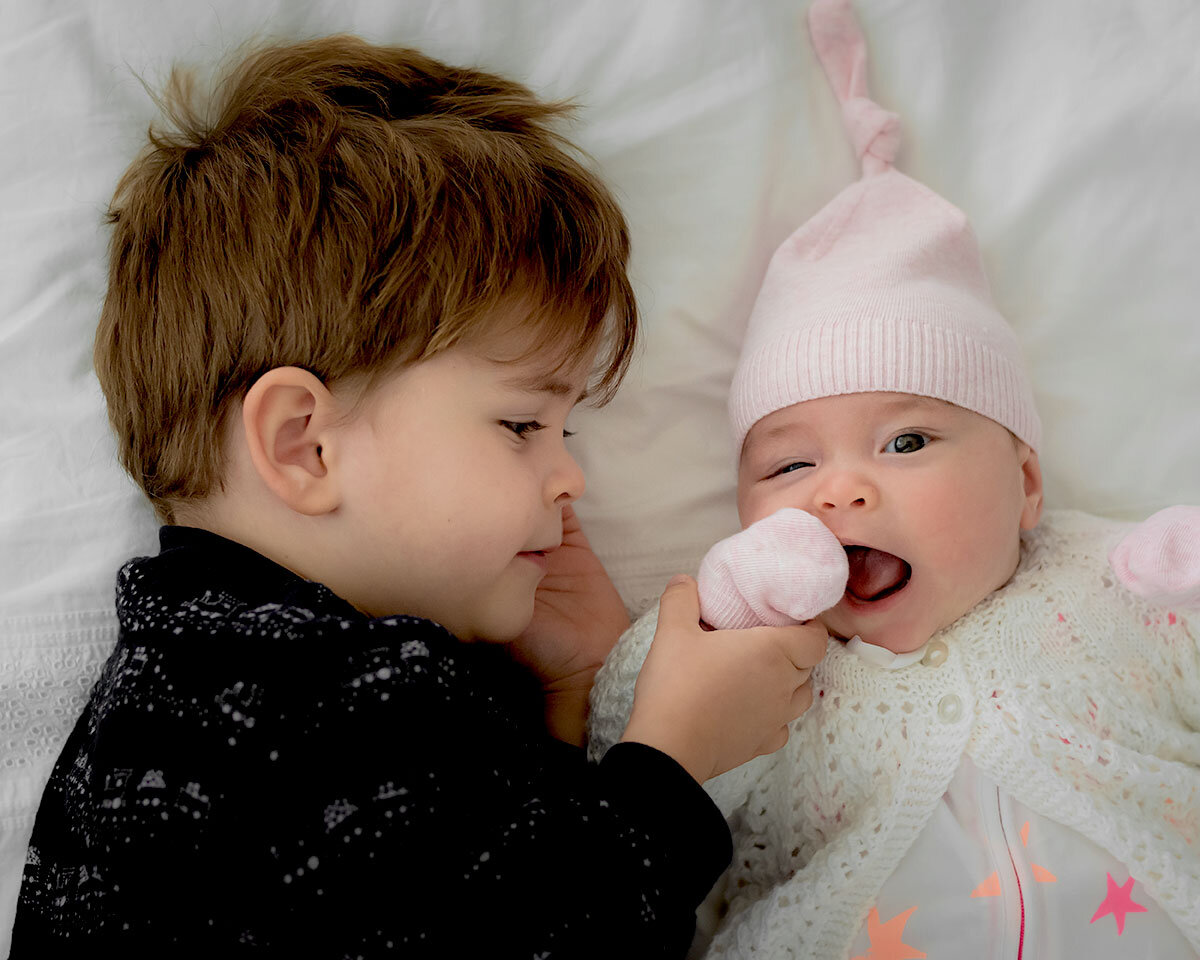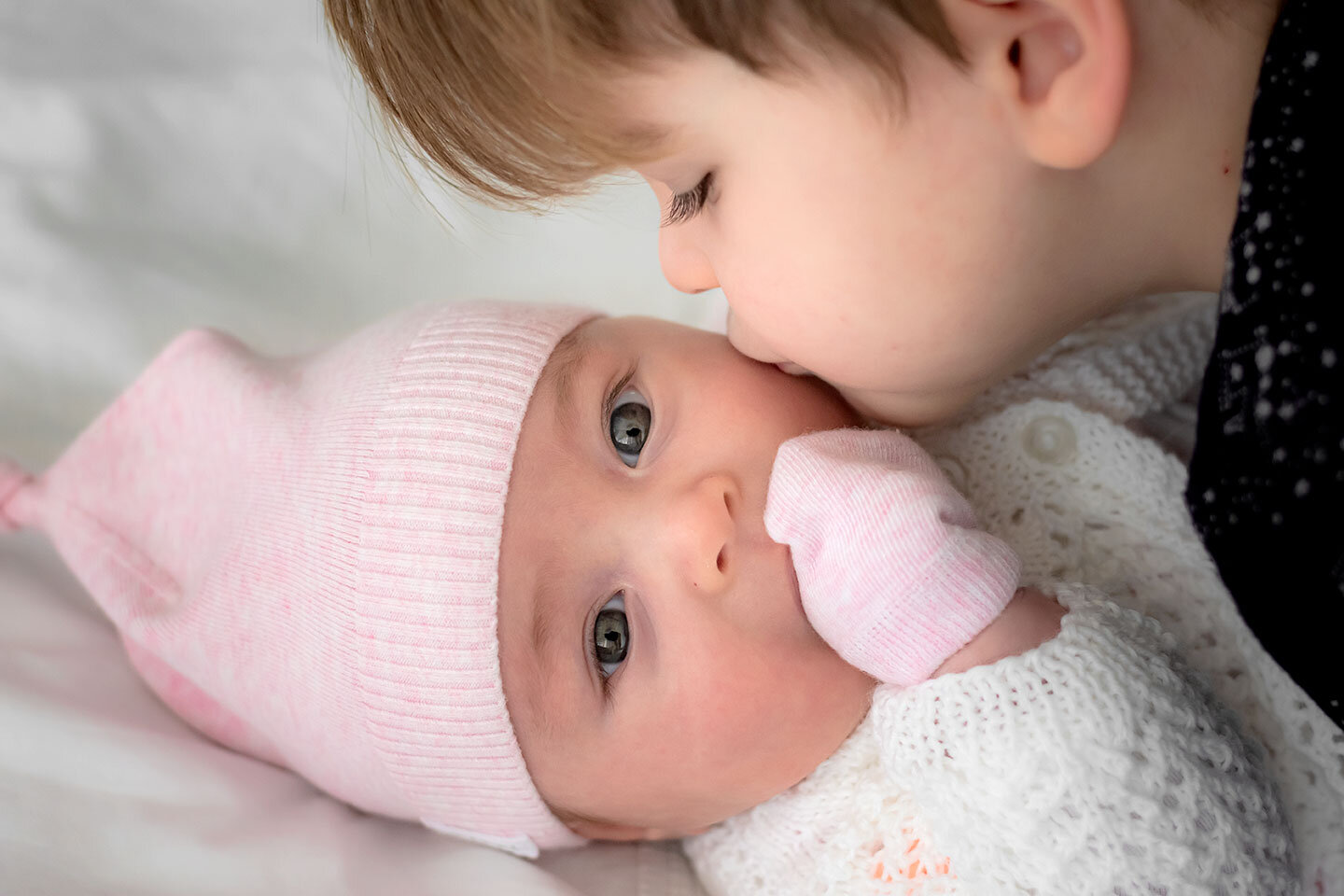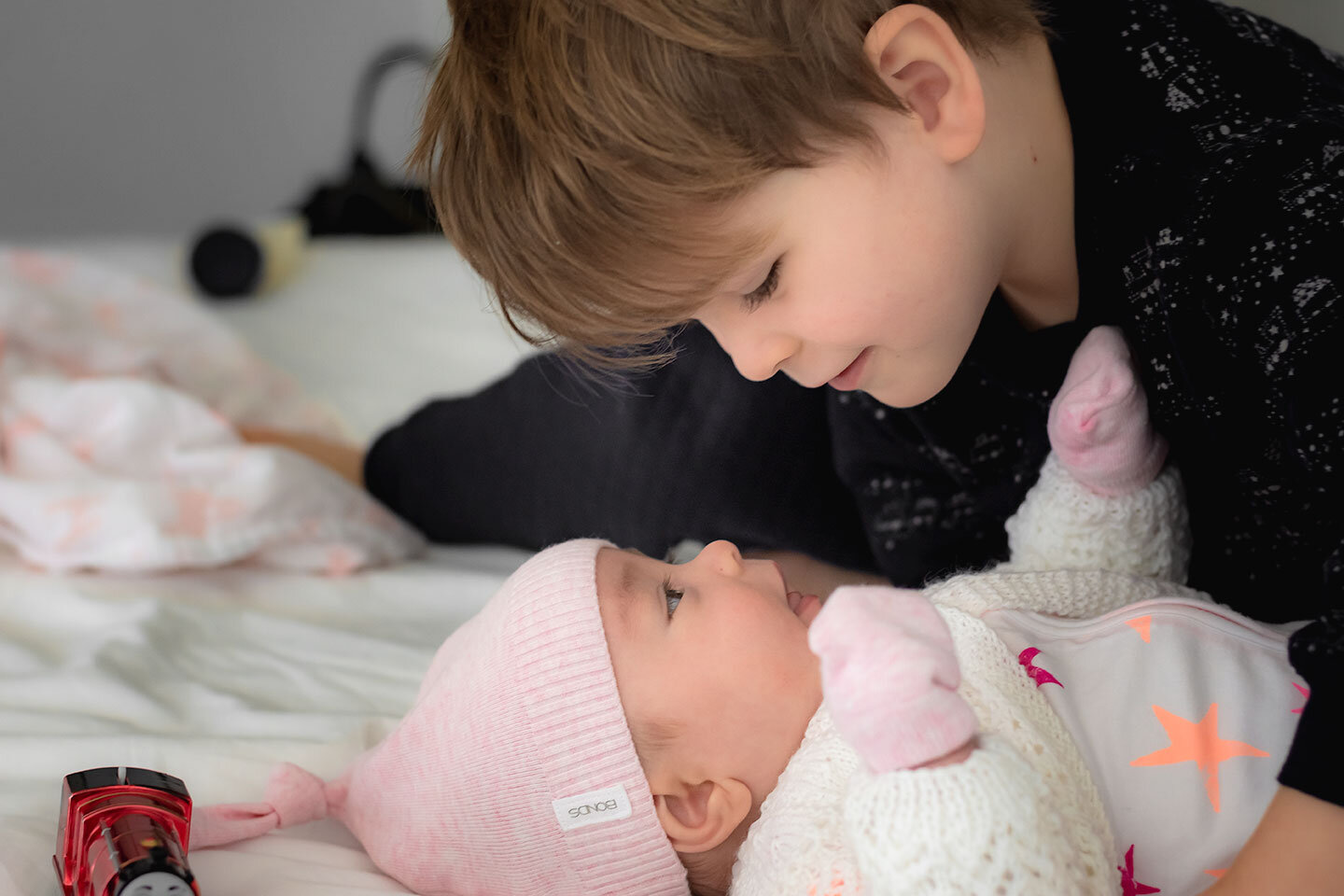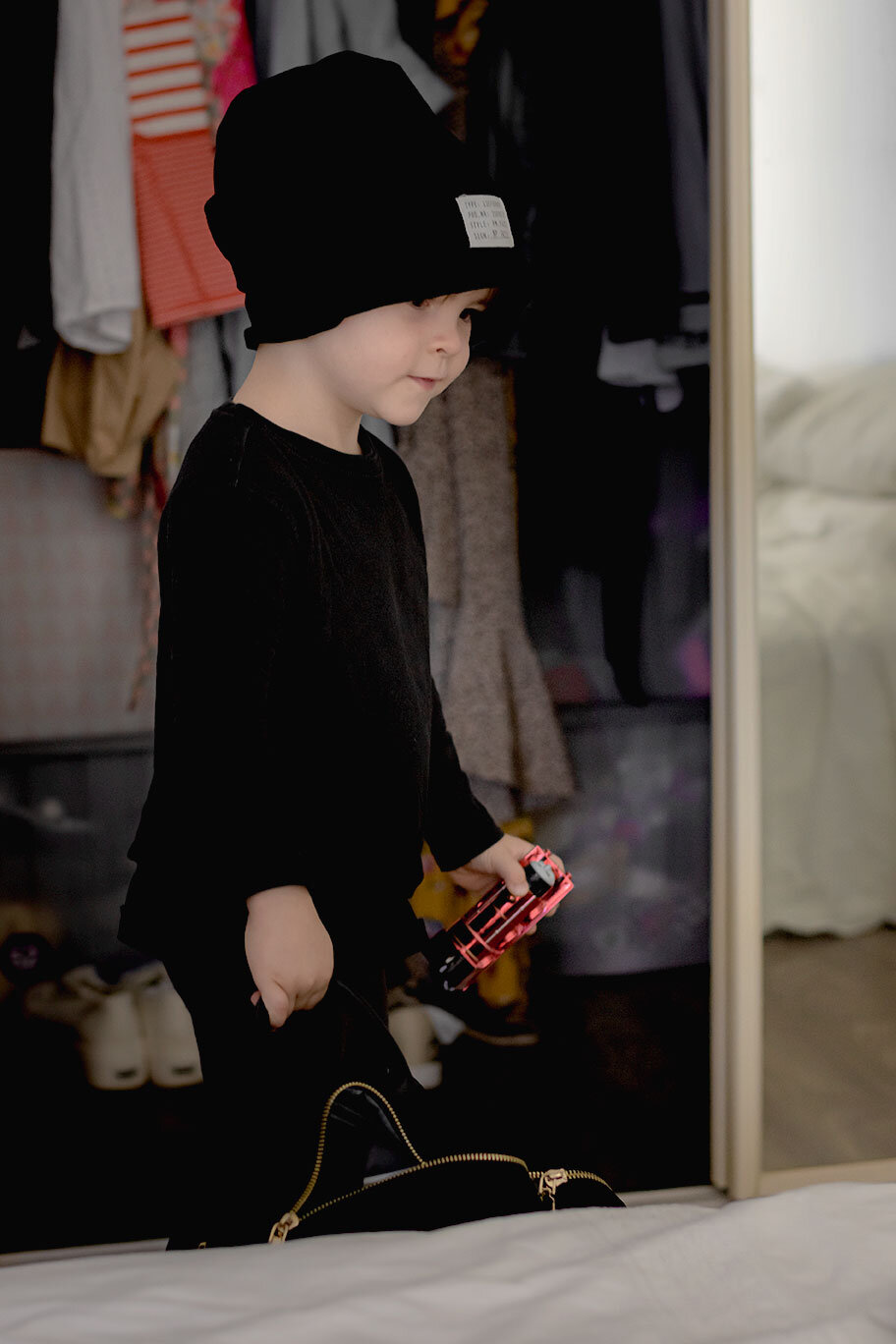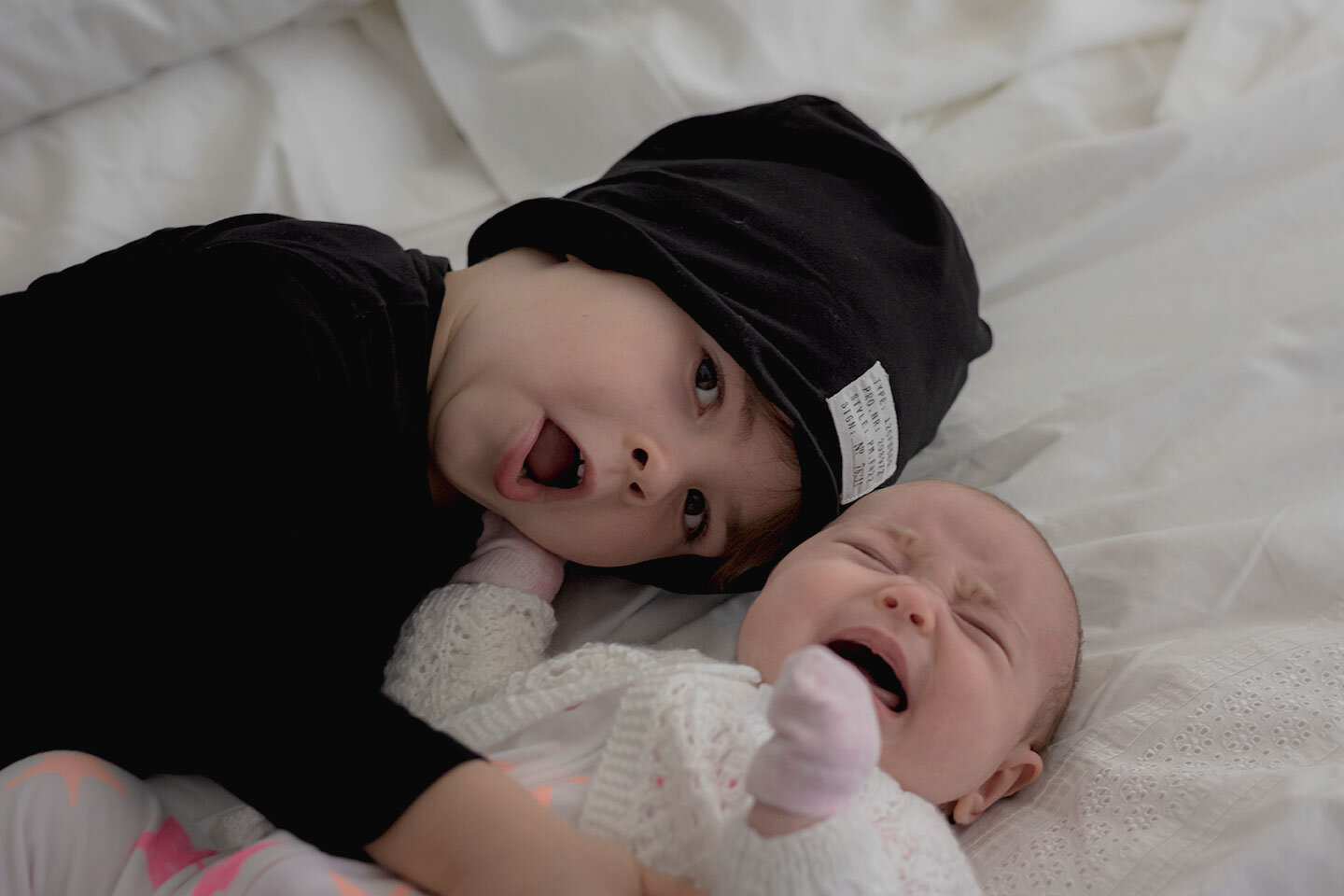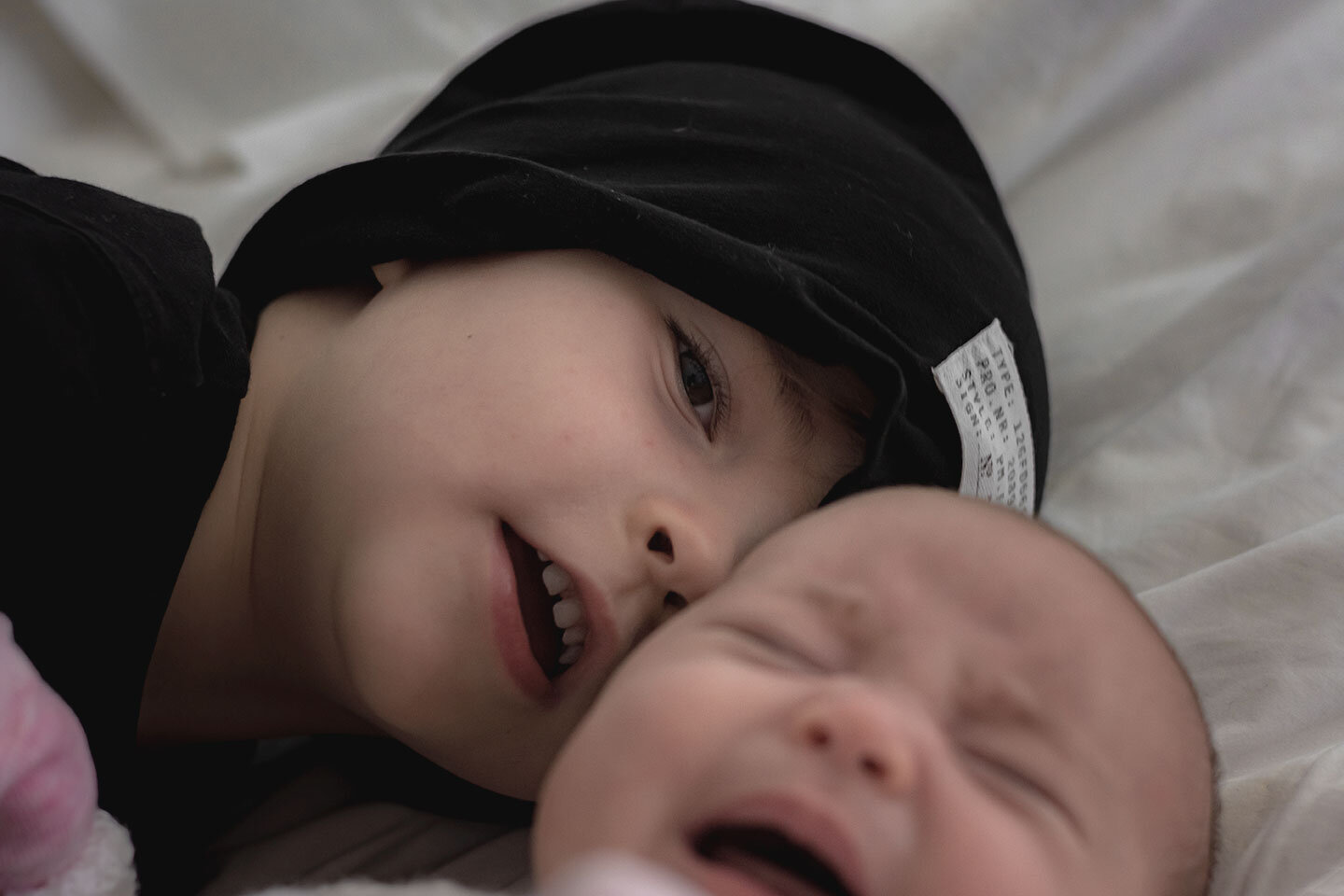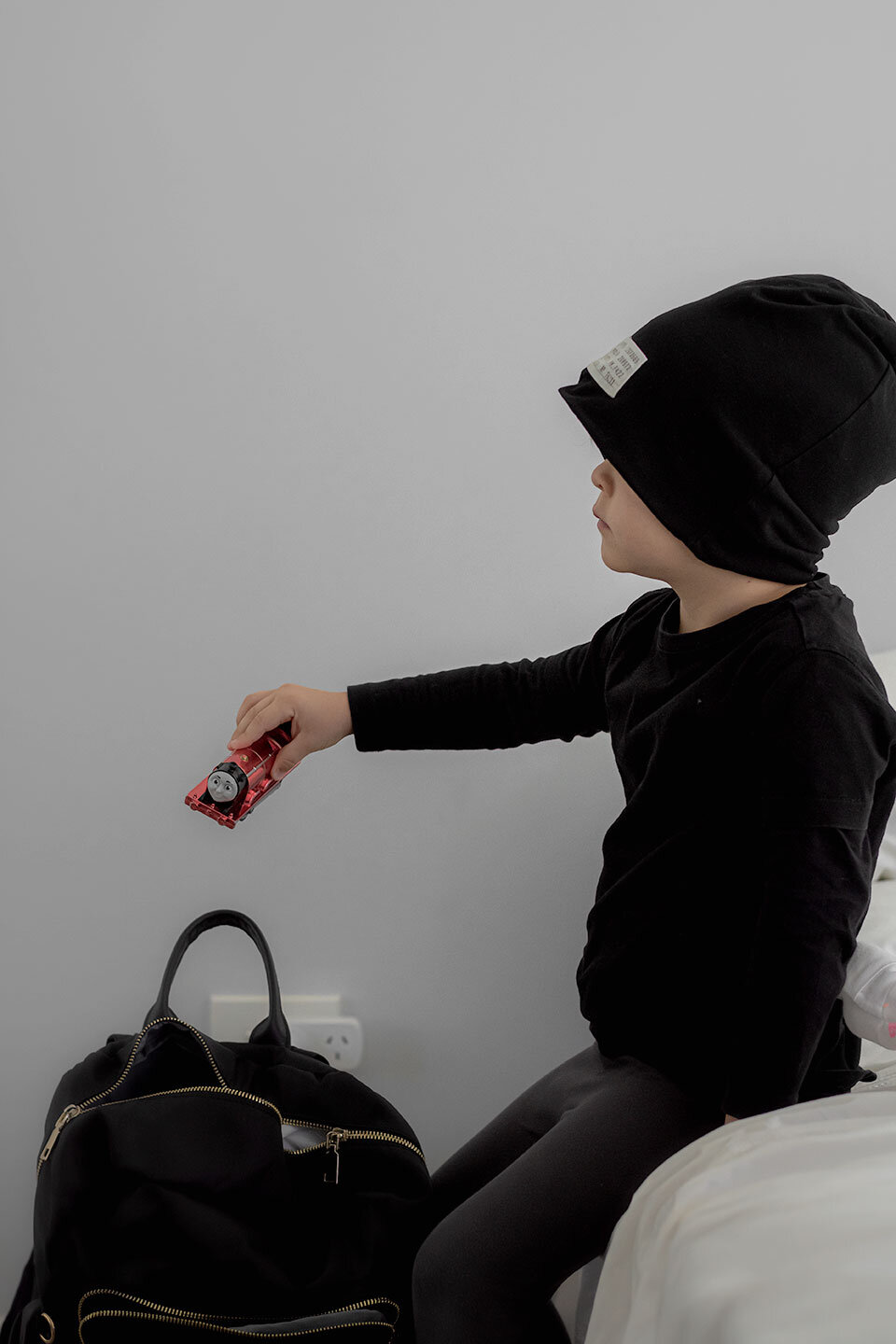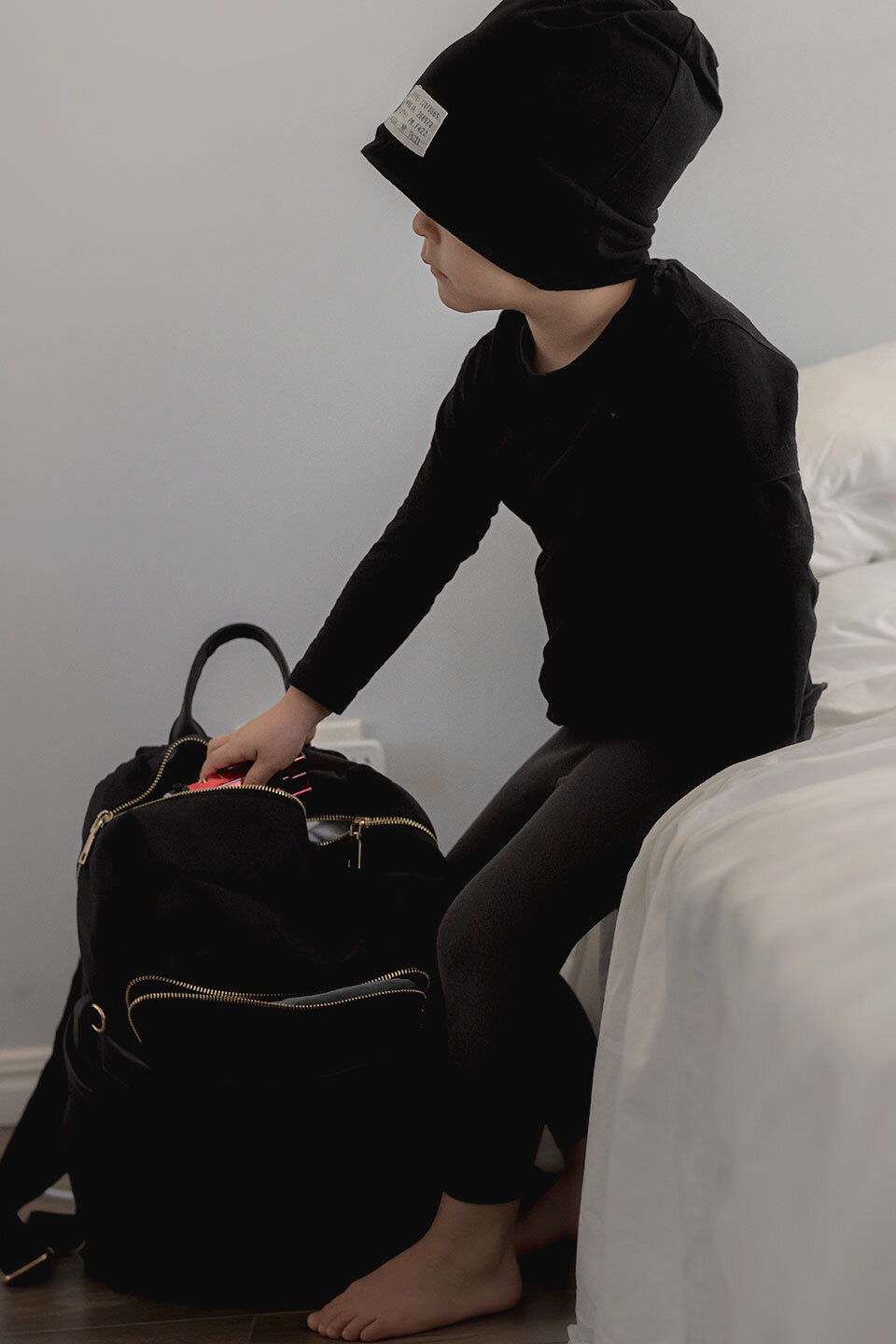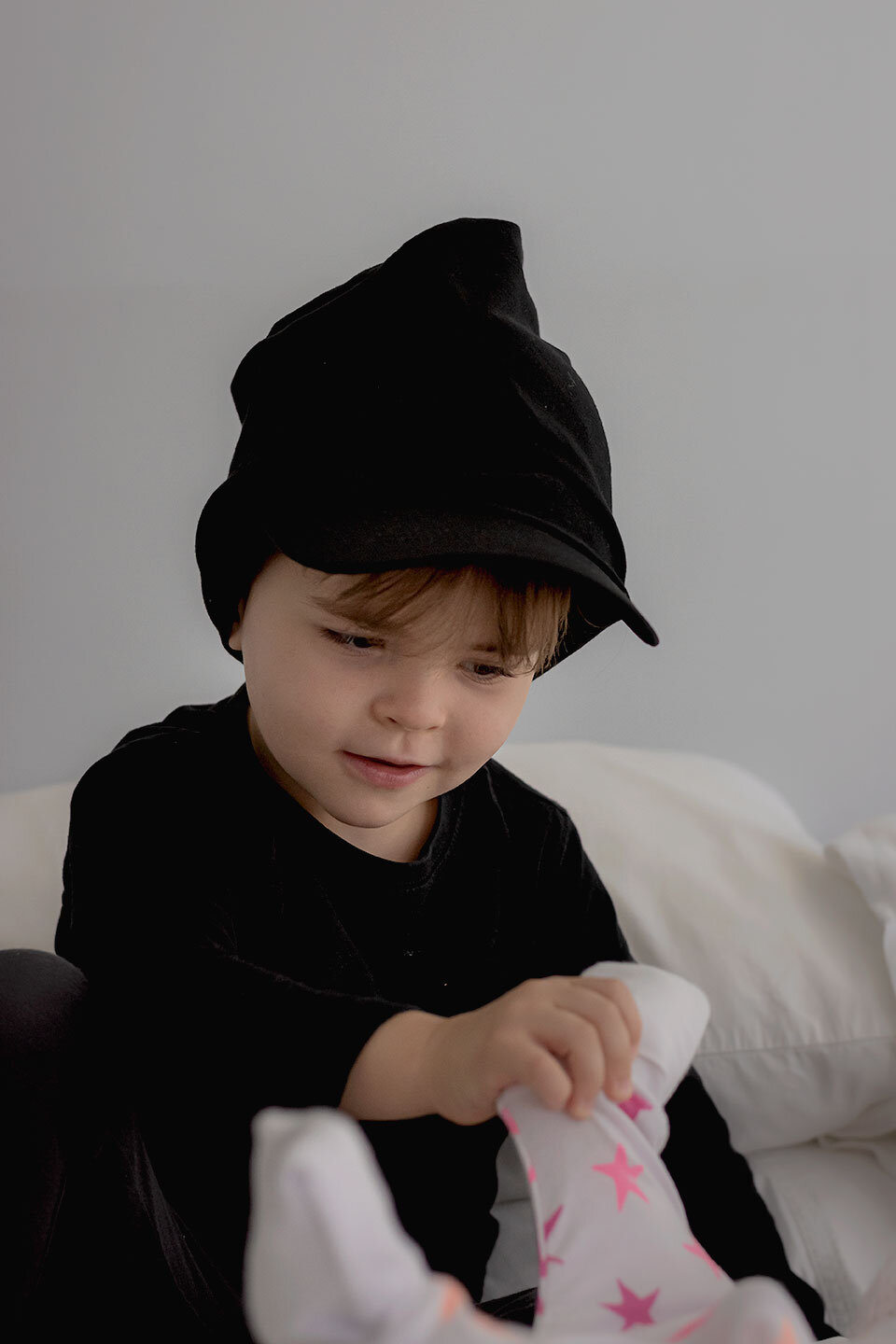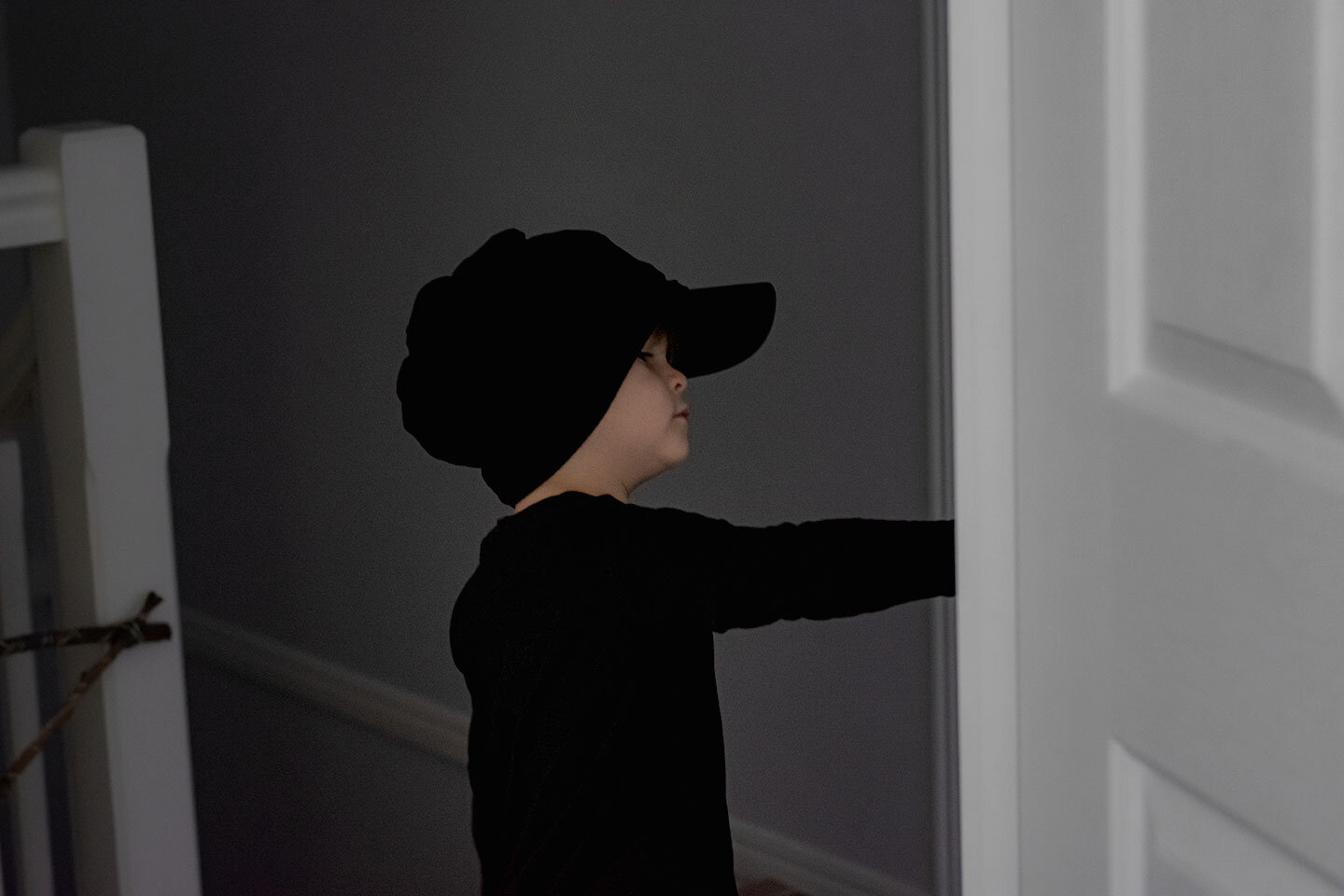How to Take Documentary Family Photographs of Your Own Children
It took me a while to realise what kind of photographer I am, and where I wanted my photography to go. After numerous years of photographing different genres, I decided it was time to follow my true photographic passion. I cut to the chase, and in no time I realised I was back to square one. Although it was a laborious, demanding, challenging, and even punishing process, I found my own reason to happily live my photography journey. When I got my first DSLR all I did was street photography, documenting my life and the life of those around me. Also, I always created short films too. After almost 10 years of trying all kinds of photography I came to realise that I am now back to where I started, with the supreme difference that I know what I am doing this time around. All these years of practicing gave me the knowledge and the skills that I need to do this right for families. When looking through my photographs it is clear that my attention was always drawn to documenting and story telling. So here I am, doing what I really love, and am so passionate about documentary family photography.
I know now exactly where I want my photography to take me, and most of all what I need to do to help families to keep their story alive with memories to cherish for years to come. I truly believe that acquiring professional documentary photographs that report a family's life at a certain point in time, telling their story in a honest, and unique way is a valuable and worthy investment. The increasing value of this investment is directly affected by the time that goes by. The photographs that you take today are priceless to you in 20 years time.
Here are some ideas that might help you to take better photographs of your own family, particularly of your children in a a documentary style:
1 - Follow the light. Throughout the house look for pockets of light for example windows and open doors that let natural light in and then wait until the opportunity comes. When and if your children move into that area, position yourself in a way that you will take advantage of that light to take photographs. In documentary photography you will love all types of natural light. You will learn to work in the most difficult light conditions, and you will document your family wherever you go, whatever time, outdoors, or indoors, it won't matter, you will nail it.
2 - Take the time to sit, play and chat with your children before you grab your camera to sneak the pic. This will allow them to feel more comfortable in continuing to be themselves and forget about the camera. If they are oblivious to the fact that you are taking photographs they will totally engage in their own activities, allowing you to capture honest and unique memories.
3 - Interact and participate in their activities, or even suggest different tasks. Whatever is normal for them will make them relax and enjoy playing. Your role is to watch, wait, and snap away. Be patient, and real true lovely moments will unfold before you when you least expect. Be ready to capture that split second instant, referred to as 'the decisive moment', because that's where you will find the unfolded beauty. Playing with your children and getting involved in their affairs will allow you to be emotionally more attached to the moment creating more meaningful photographs.
4 - Look for their noisy, chaotic, and defiant behaviour. We have all seen beautiful photographs of children enjoying their bath, sleeping like angles next to parents or perhaps a pet, standing under a gorgeous light, smiling peacefully to a grandparent, but your family story should also include the real moments of unique, and relative chaos that we all face now and then in our life as parents. Those moments can actually be more interesting in some ways, and are a true representation of your story. Be true to your story, report your families' reality, and I will guarantee you that in years to come those photographs will be your most valuable possession.
5 - Use the objects around you to frame your subjects. I love to frame my subjects, and you can literally use anything you think might look good to fit the purpose for the expected outcome. You can use walls, windows, doorways, even toys on the ground. Be creative and level up your photographs.
6 - Photograph the details. I found it extremely important to photograph children's toys, books, decorative items in their rooms lamps, clothes and things that belong to them and are important. I also love to photograph their hands while they are playing, or performing any activity that involve the use of their fingers. In addition, don't forget to capture their treasured belongings. All of the little details you can capture will tell their story and will matter immensely in years to come. The main thing here is to tell the story of that moment, and ultimately compound an all year of your family's photographs to tell your story for that year. Now imagine that you could do that every year? Single photographs can be beautiful, but a series of photos are a much more compelling and touching way to represent your life together.
7 - Listen to their conversations. Often, in documentary photography, it comes down to the anticipation and the prediction of a moment referred to as ‘the decisive moment’. As a father, or a mother you know what your children will do in many given situations. Pay attention and listen to what they are chatting about, understand what they're planning, and wait for the action to unfold in front of your camera. Capture those genuine emotions, including the laughs, the screaming and the crying. Your story is a collection of many moments that represent you and the connections between members of your family in the most truthful and honest way.
8 - Capture your relationships. One of the most important goals in documentary family photography, in my opinion, is to be able to demonstrate the relationships between all the different family members. Therefore, photograph interactions, capturing the details for example hands on knees between a child and the mother, a certain look to a grand-parent, a smile, a cry, a hug while with a father, or a sibling. Your options are endless.
9 - Capture portraits. It's not always possible to capture portraits and most of the time the best option is to take the opportunity to do it during a quiet time. However, finding an open wall free from clutter, furniture, and other things to capture a simple portrait is a great addition that helps to tell a story. Single portraits are an important component in documenting your story and are best captured using an open area. The goal of a portrait is to draw the viewer to the individual. Do this with your children and you will find yourself creating beautiful and compelling portraiture. Don't forget to do the same with two or more siblings together in the same frame.
10 - Understanding the true value of family through documentary photography. There is, in my opinion, something really special about a photograph that hasn't been deliberately created, and rather captured spontaneously. Now, not knowing what is going to happen next makes this genre of photography very special. These family photographs prove very valuable for families especially for future generations that will learn the life and the story of their ancestors. It is the most gratifying and valuable investment you can make for your family and for future generations. If you follow your instincts, and have the patience to wait for the right moments, you will have your walls framed with, honest, genuine, and priceless family memories.
11 - Know your camera settings for photo journalism. For best results, get to know your camera settings and how to change them. There are a few ways to go about this and if you have an understanding on how everything works, then you're in a better position to chose the settings that best suit you. Leave a comment if you would like me to explain in a simple way how everything works, and I will create a blog post, or a youtube video explaining the basic camera settings and how you can use them. I still have some recommendations, a minimum shutter speed of 1/125 for general situations involving a certain degree of movement, and a minimum shutter speed of 1/250 for action situations. Keep these values unless you want to create an artistic motion blur, light trails, or if it's a calm situation like when they're asleep. In low light situations don't be afraid to bring the ISO up if you need it. It's better to capture the moment the way you really wanted to than not, and some noise always looks aesthetically beautiful, especially if you consider black and white. Although you can pick your f-stop of preference (make sure you fully understand why, when, and what for you would change your f-stop), I recommend an f-stop of 4 and higher in group situations.
To conclude, remember to look for the light, be patient and wait for the right moment. Photograph the details and important personal belongings, aim for a portrait too, and most of all snap away and enjoy your time together capturing unique memories.


